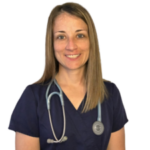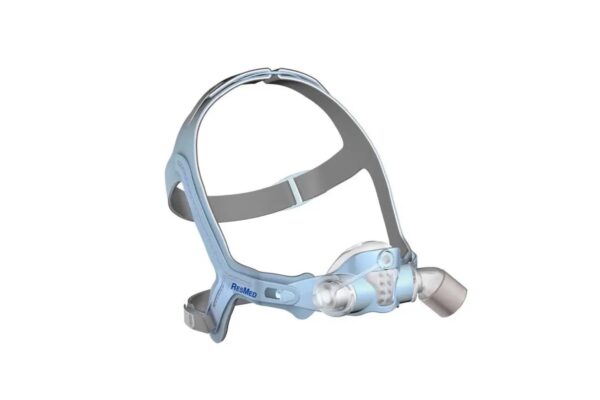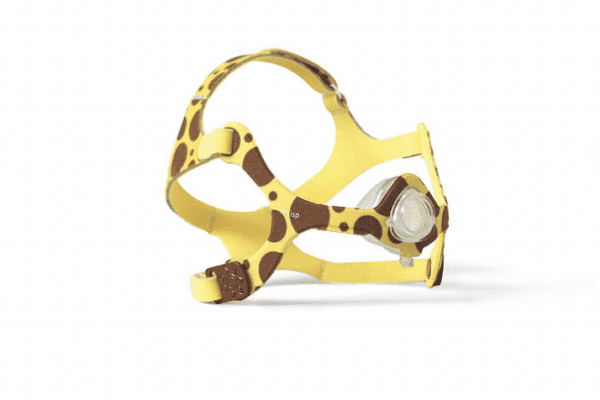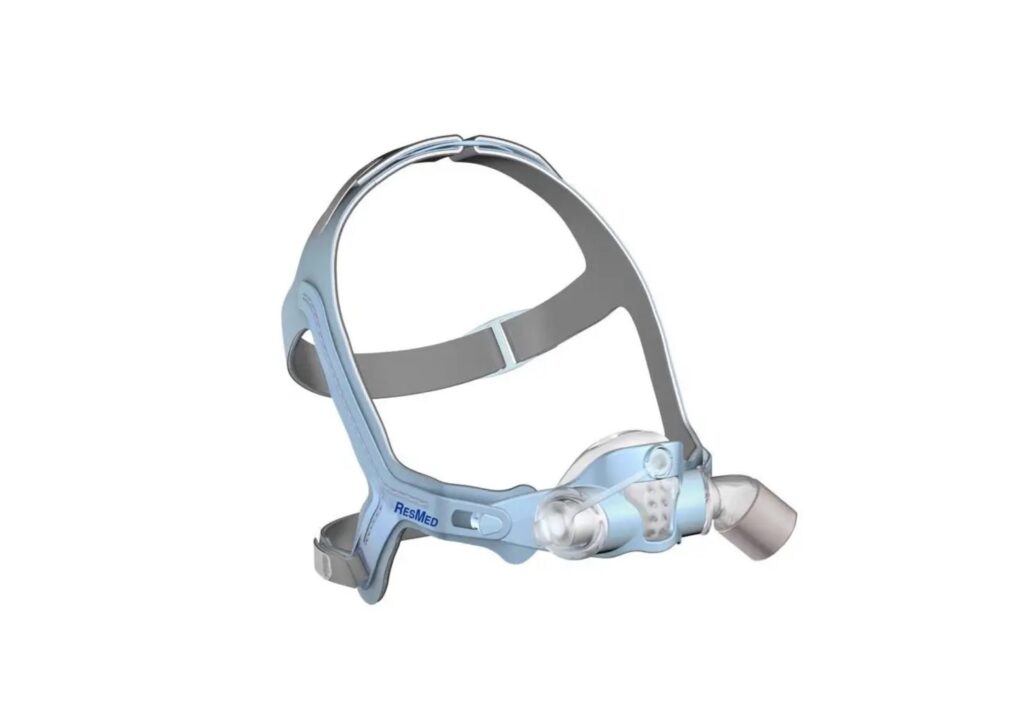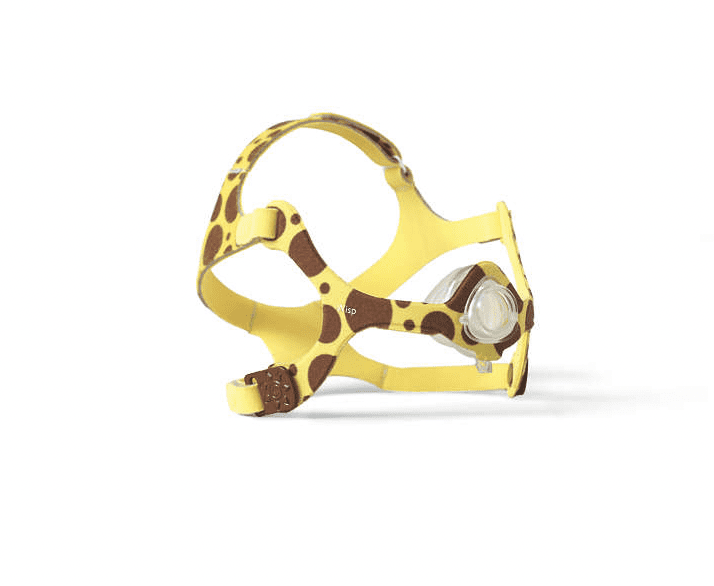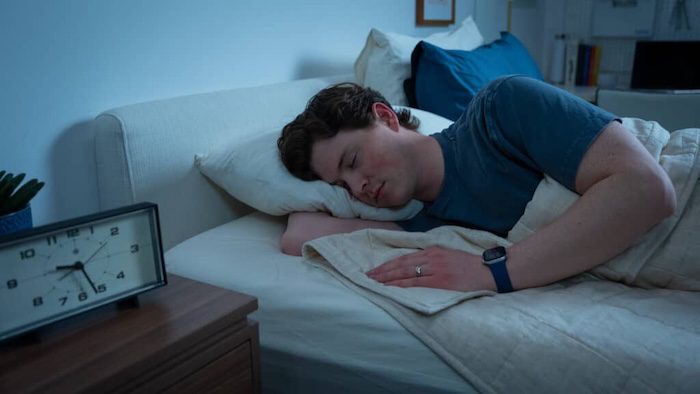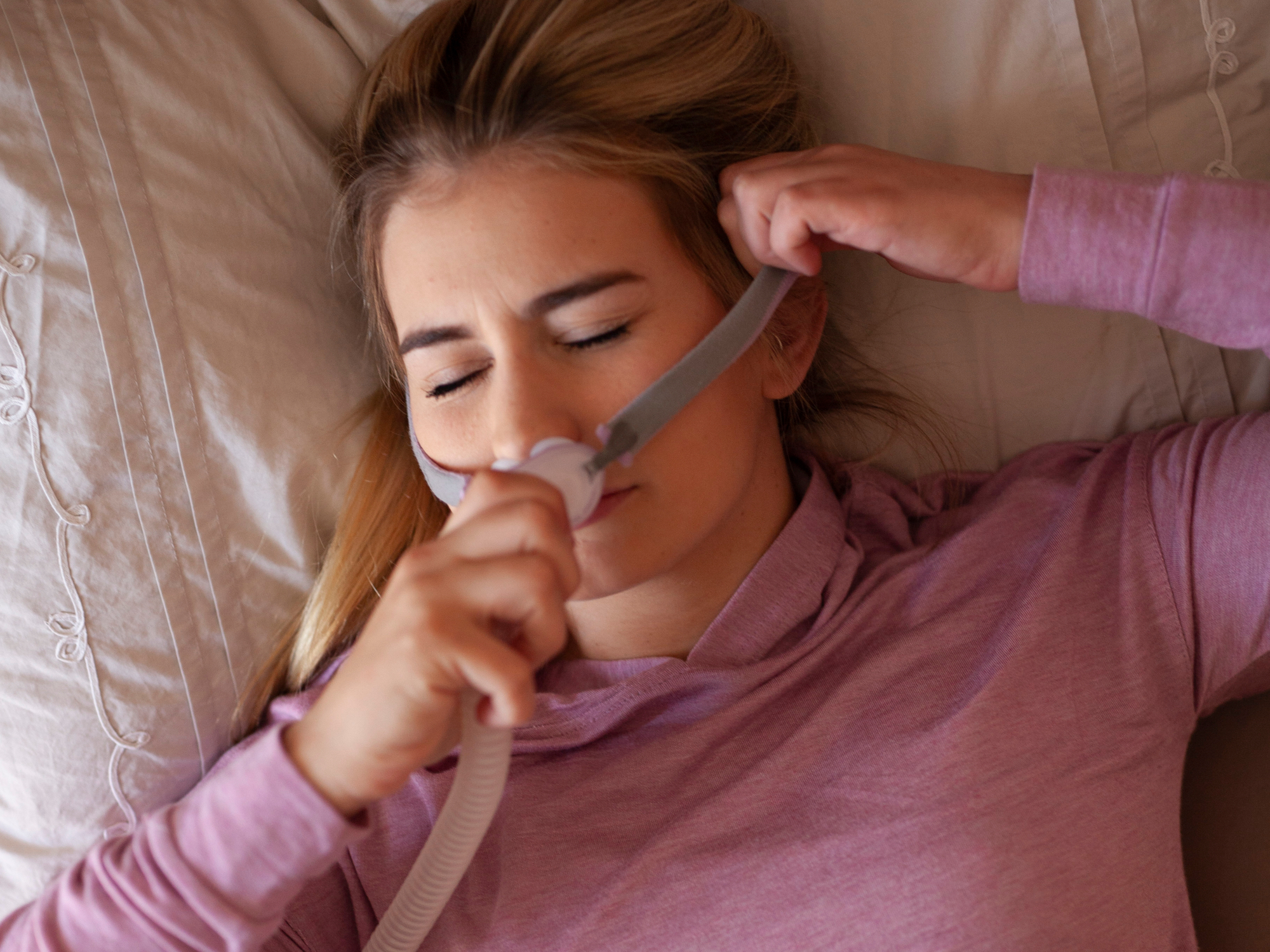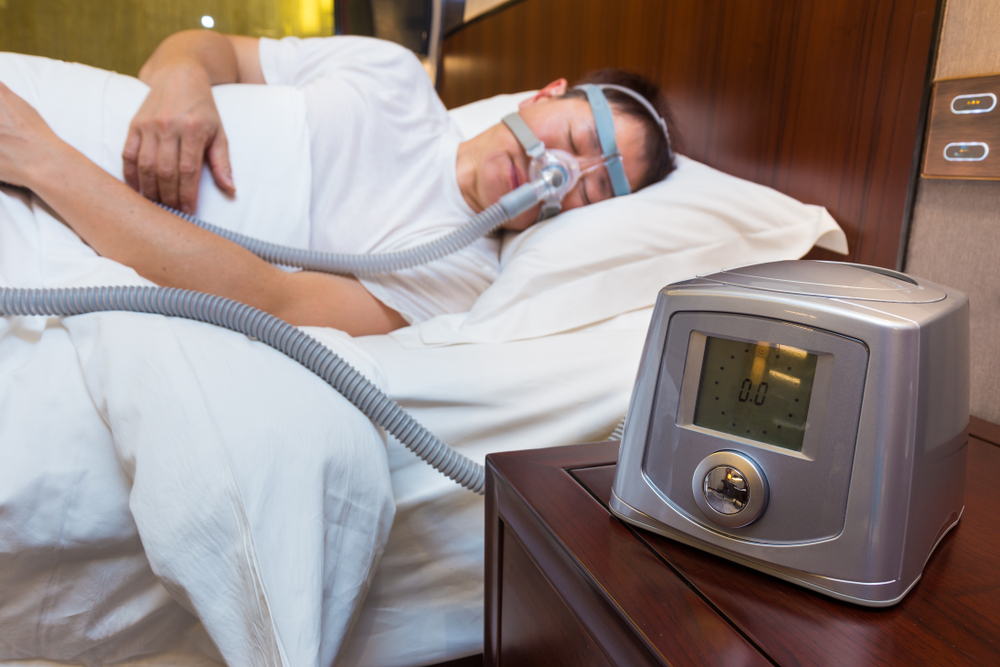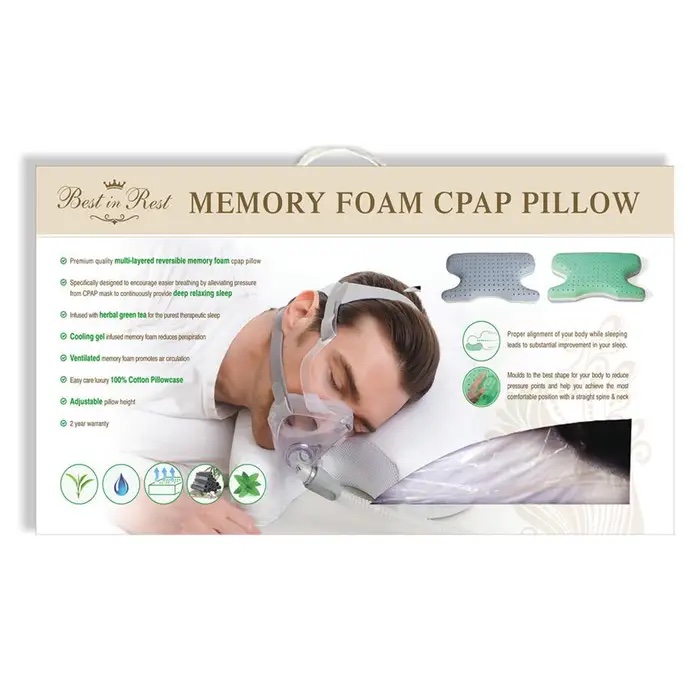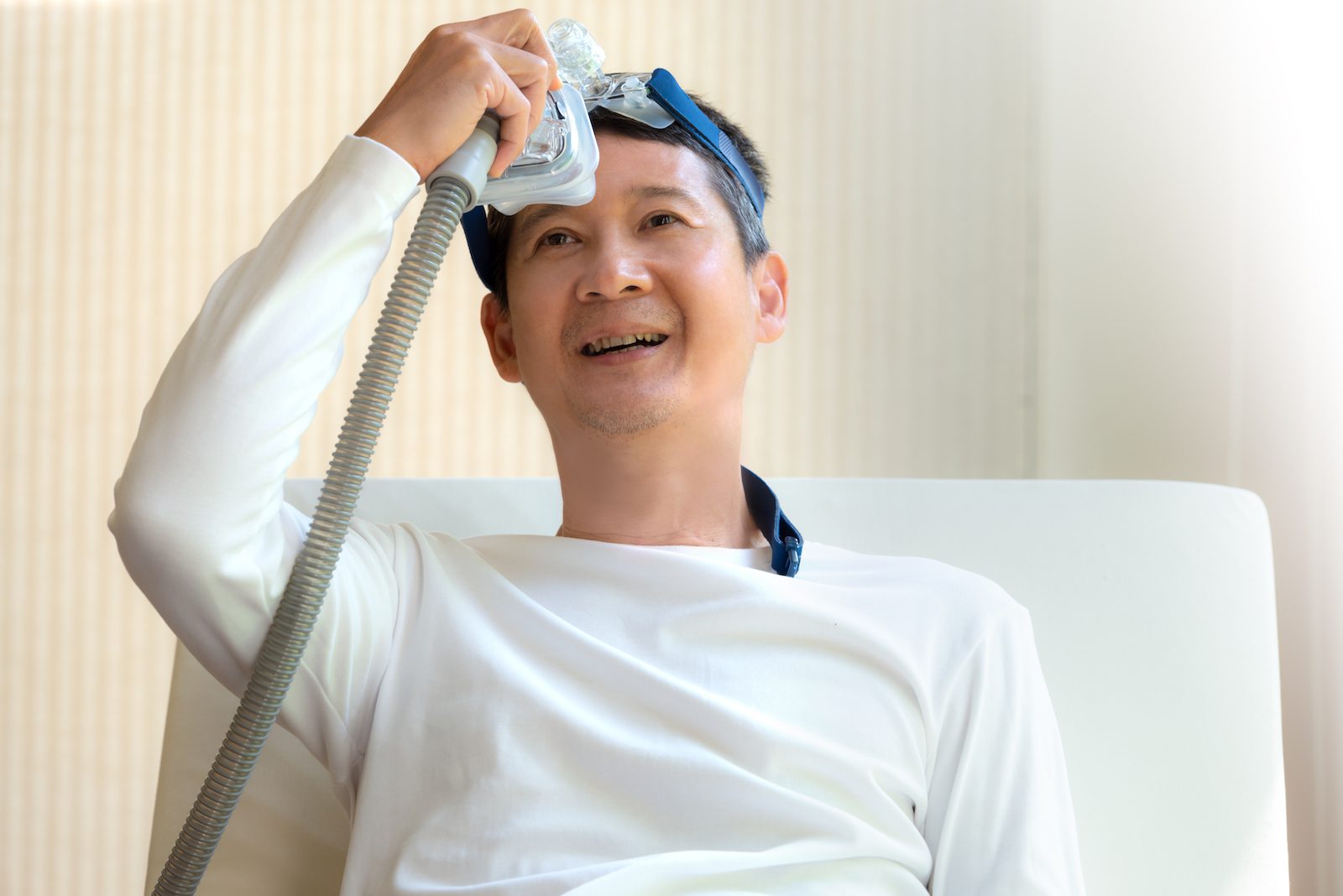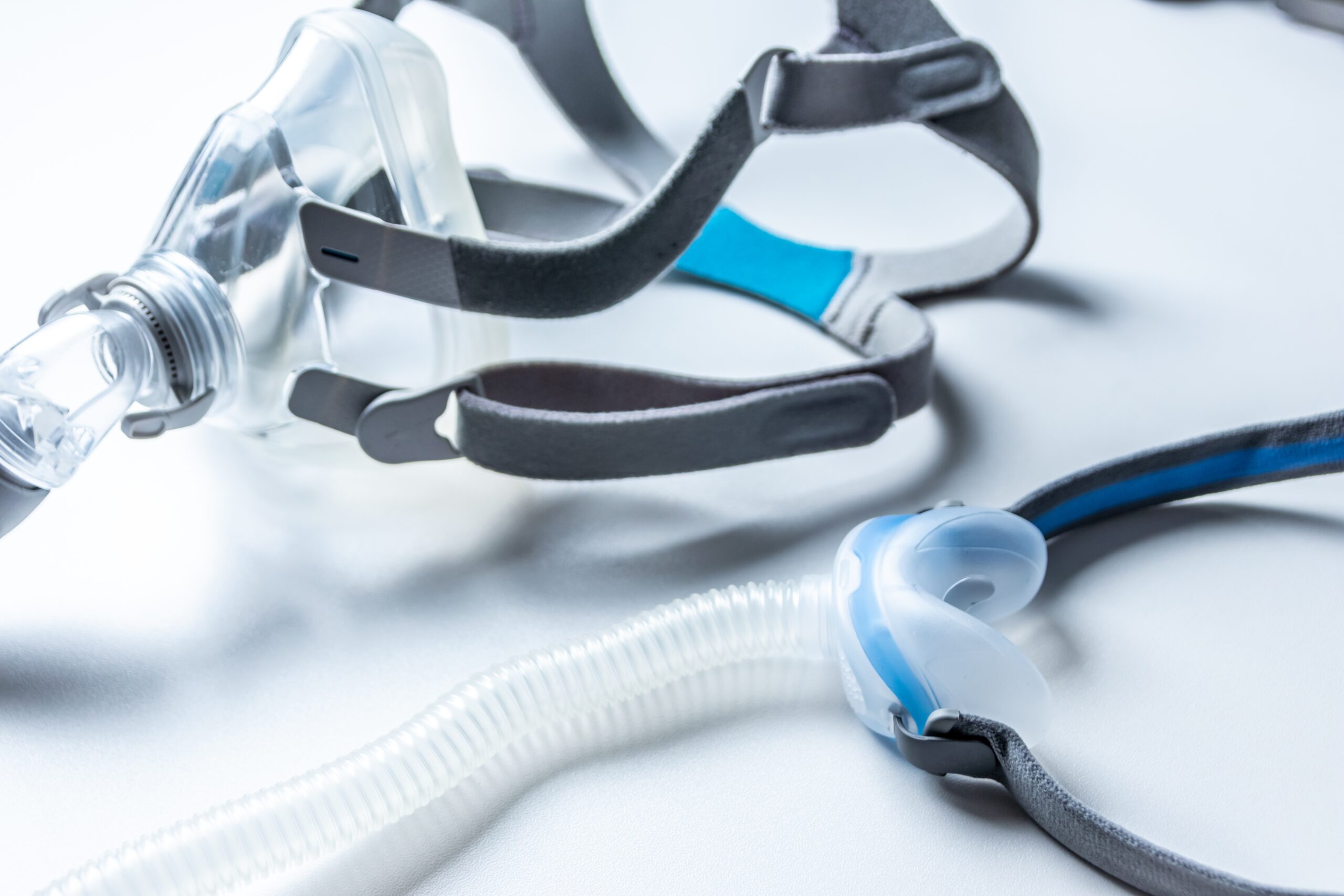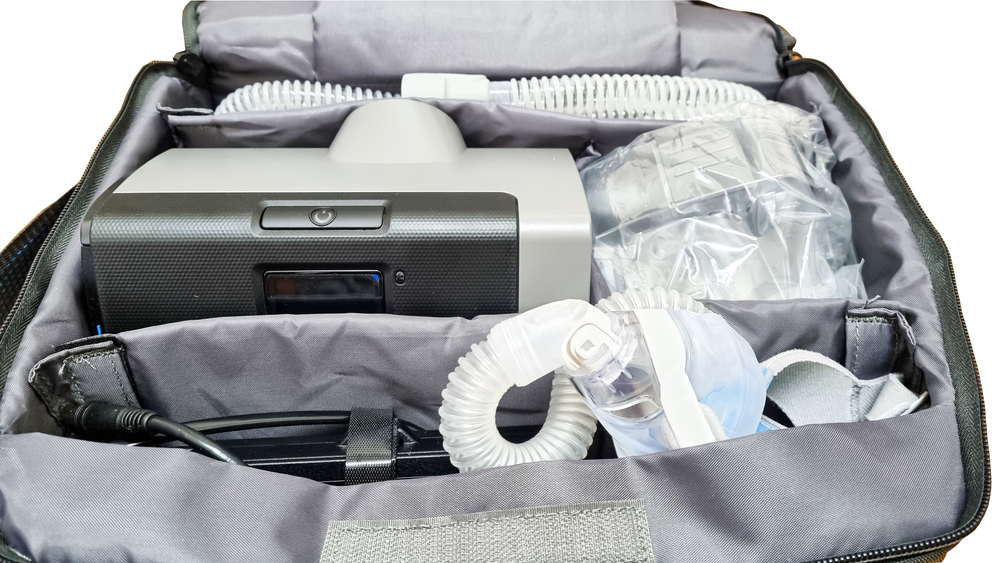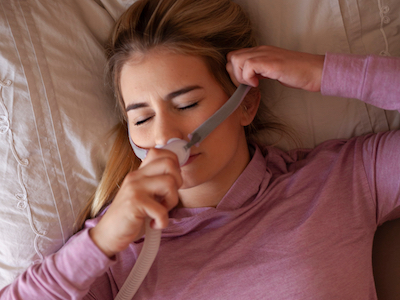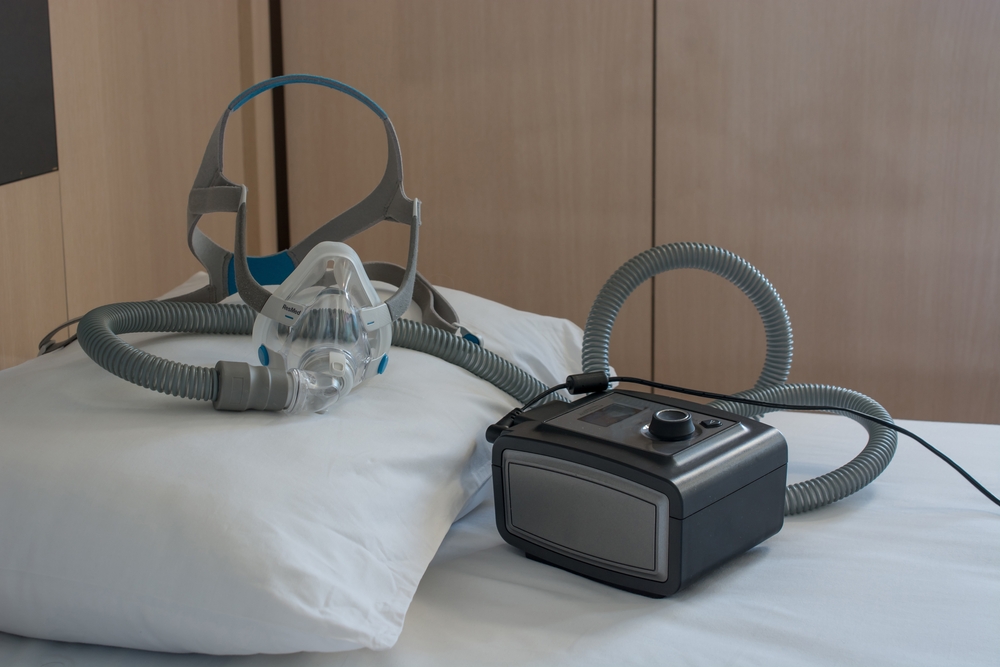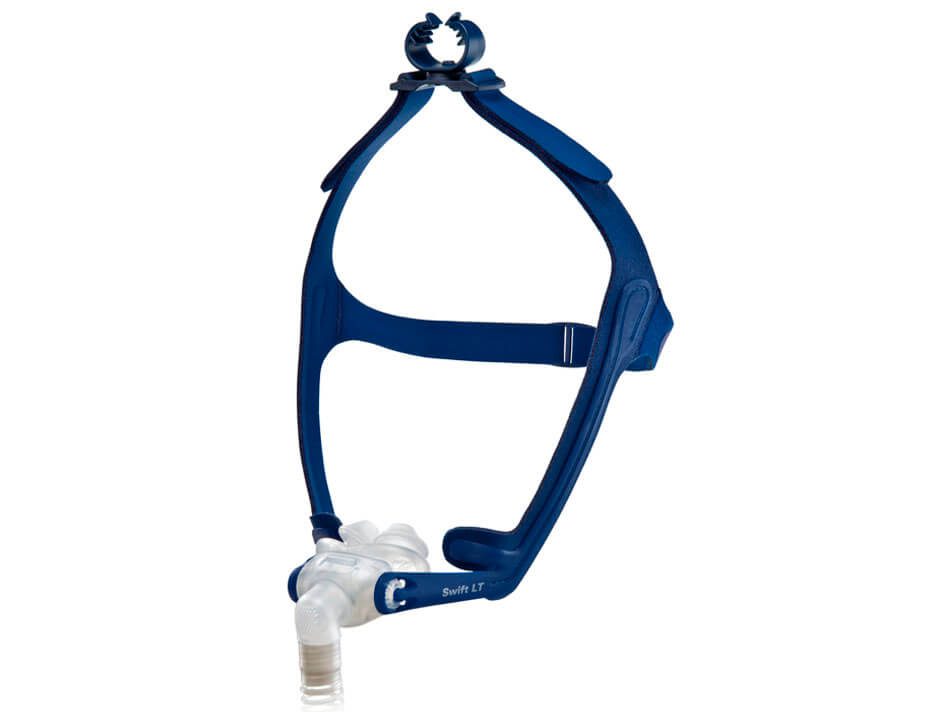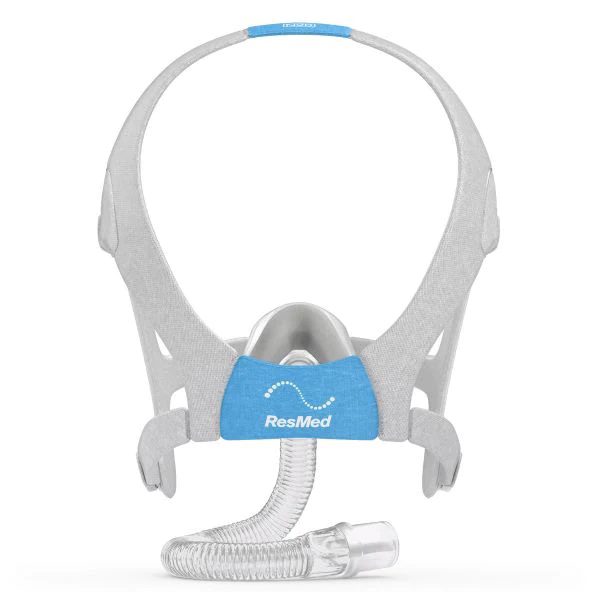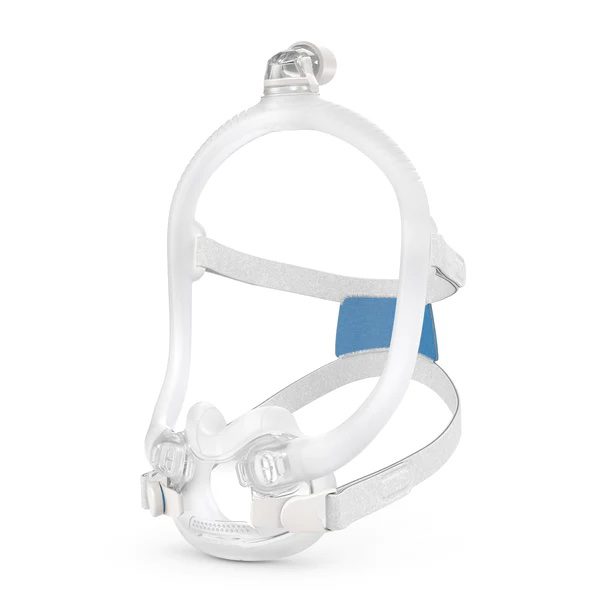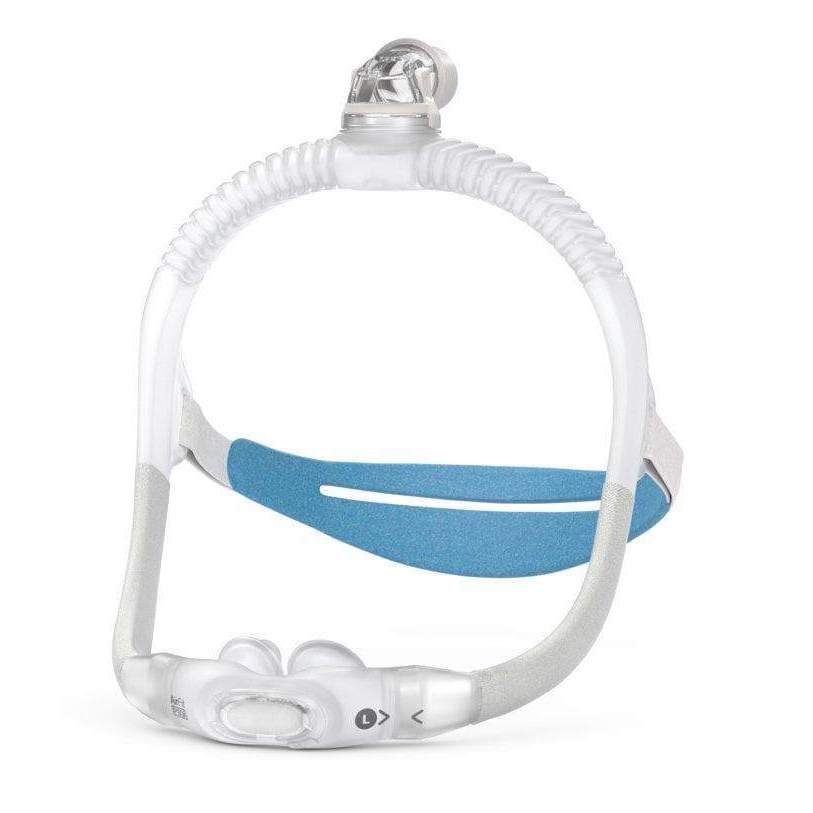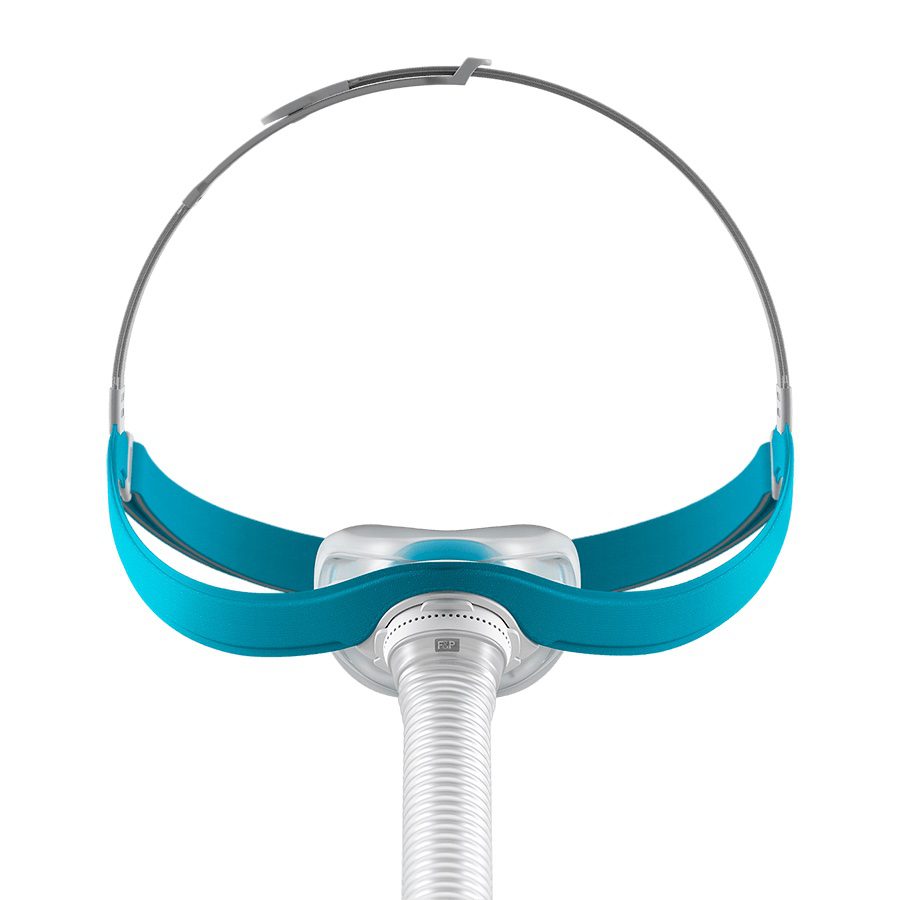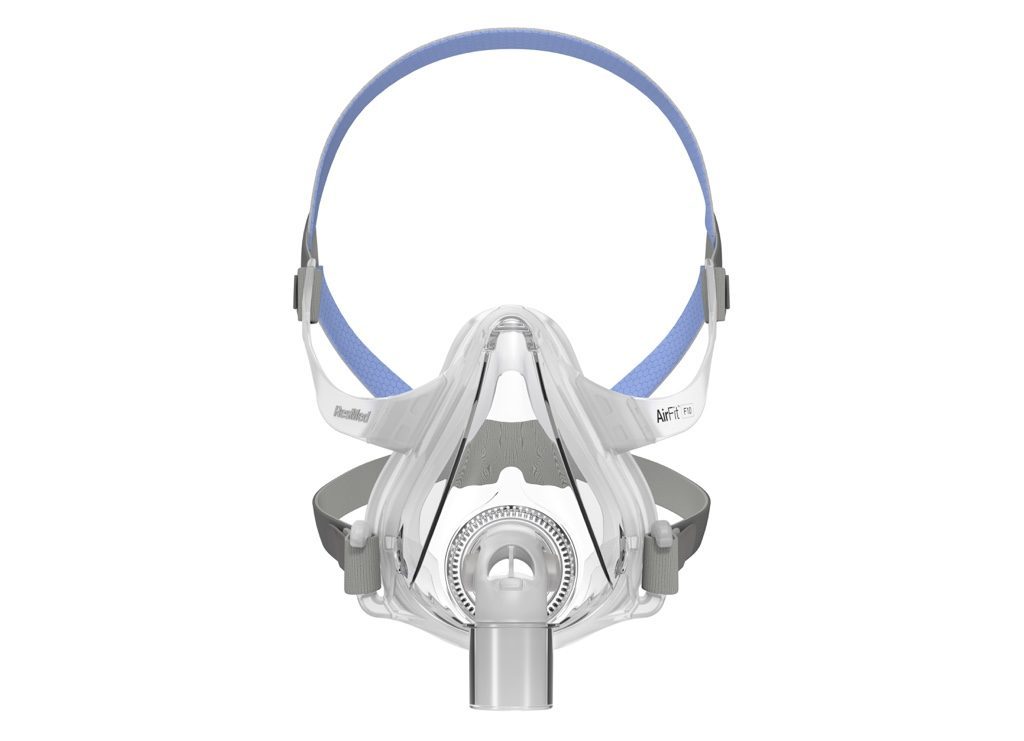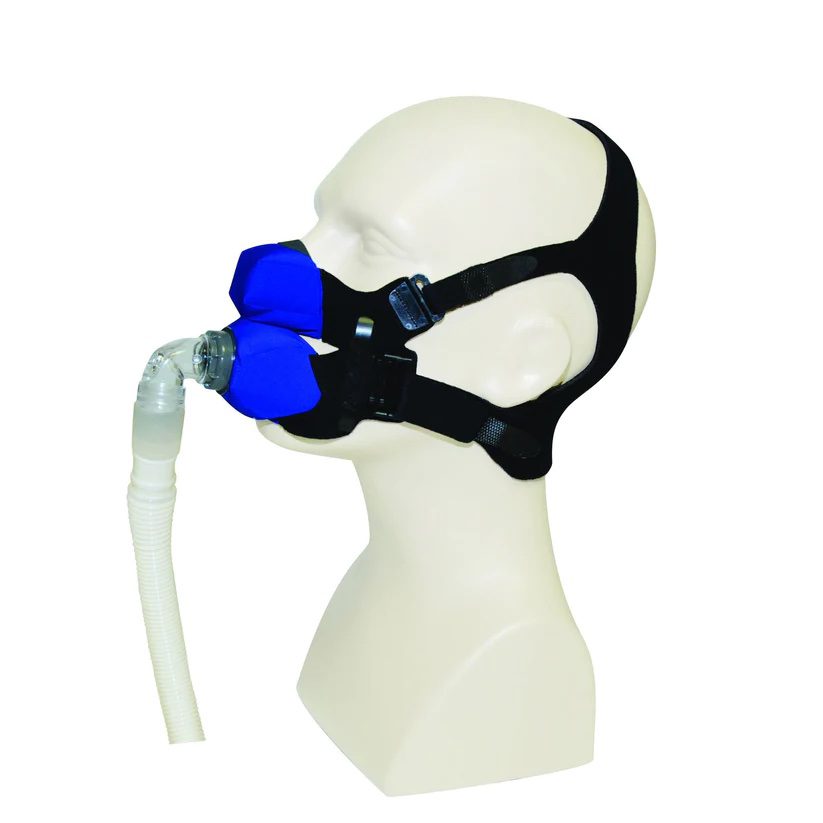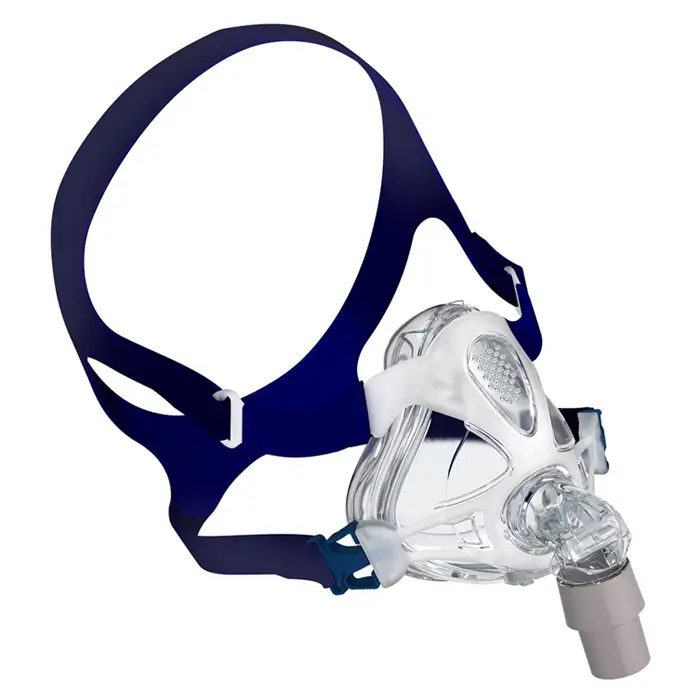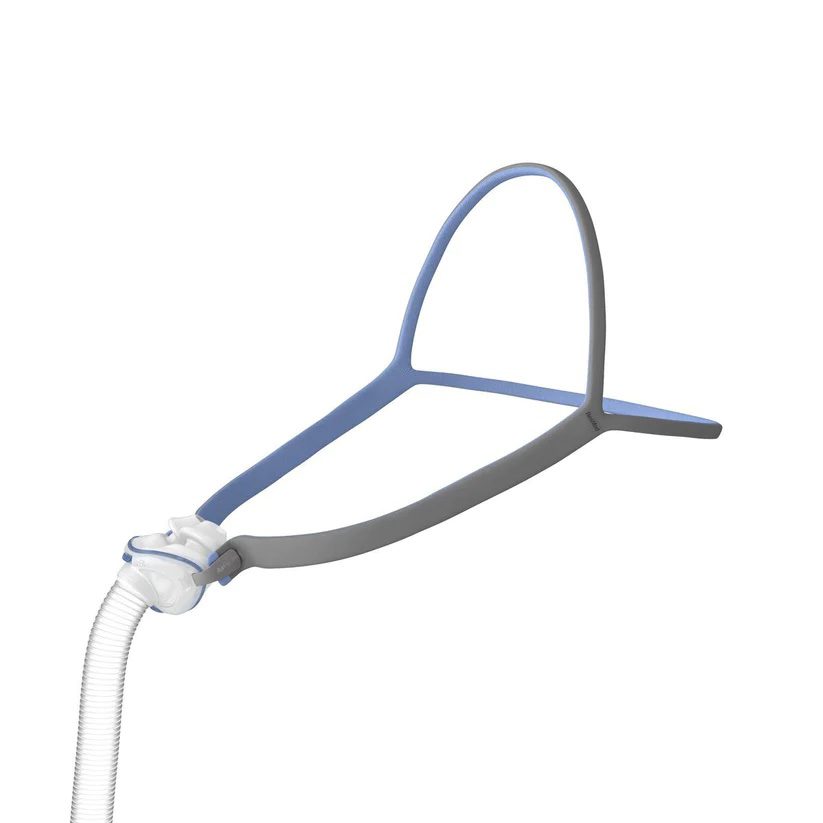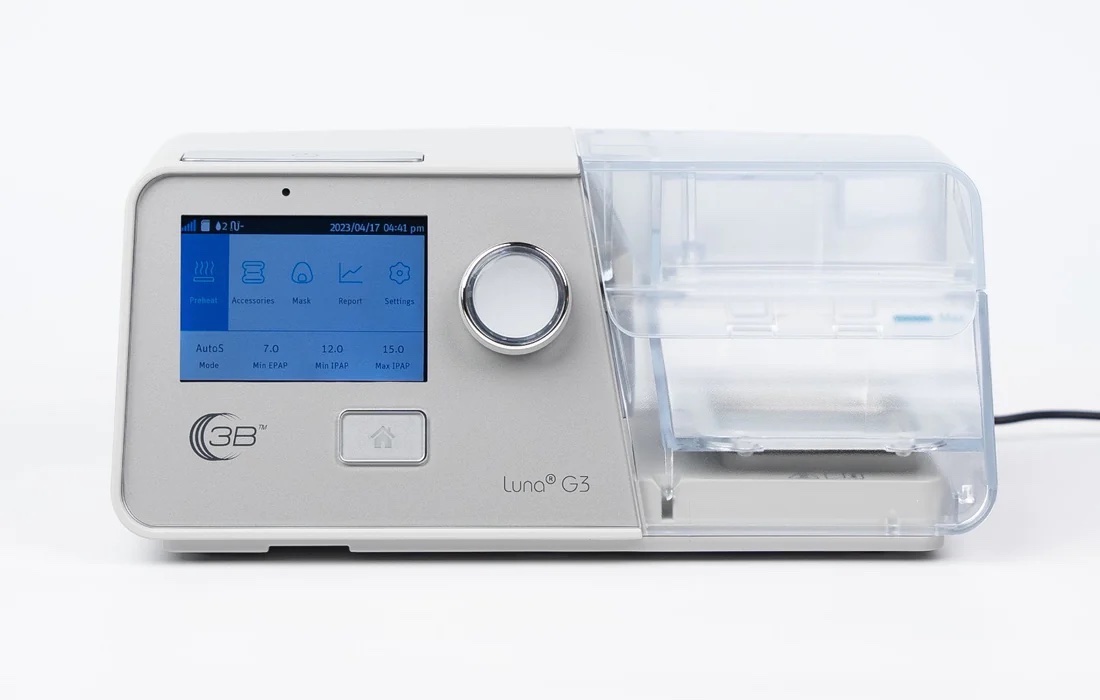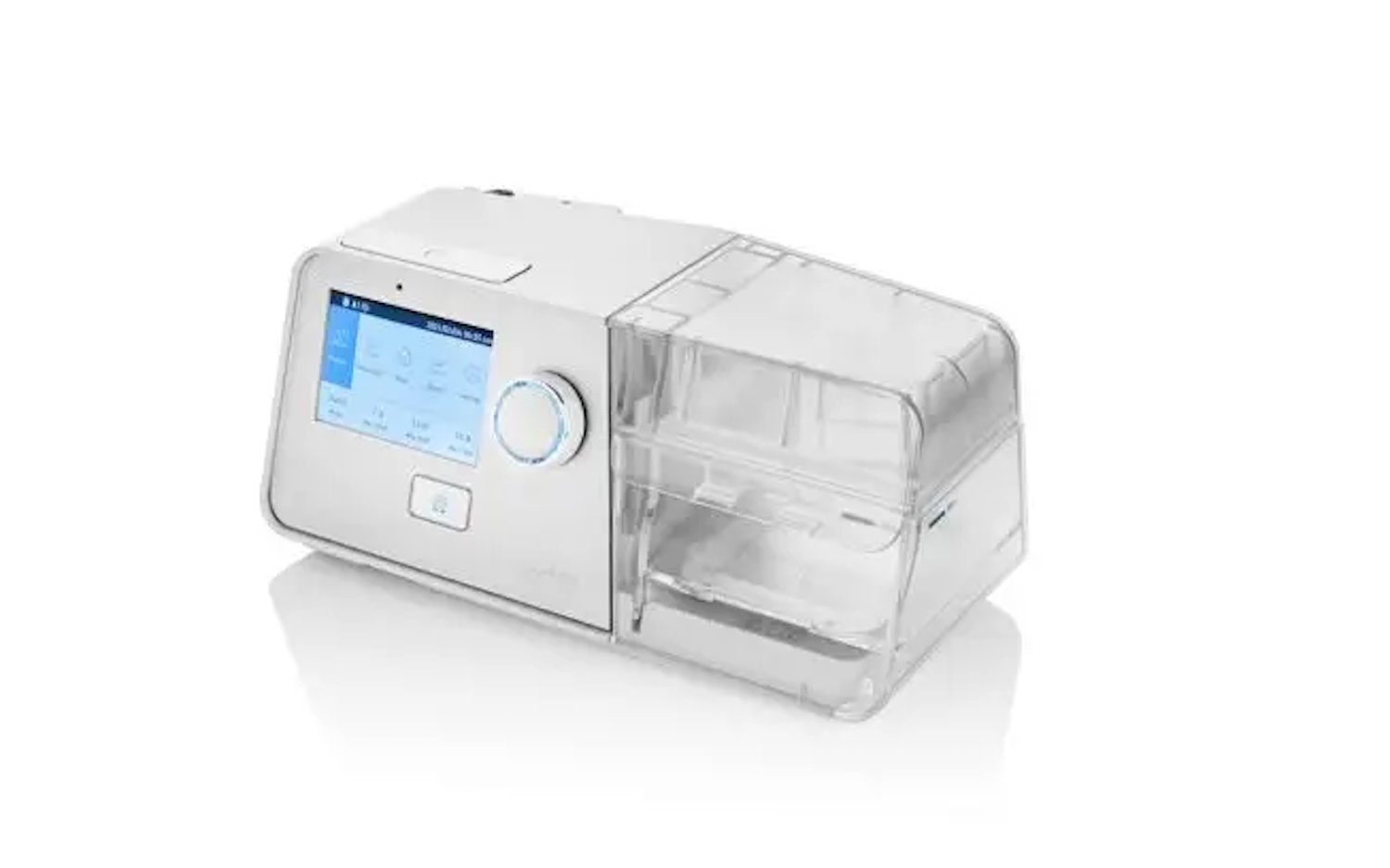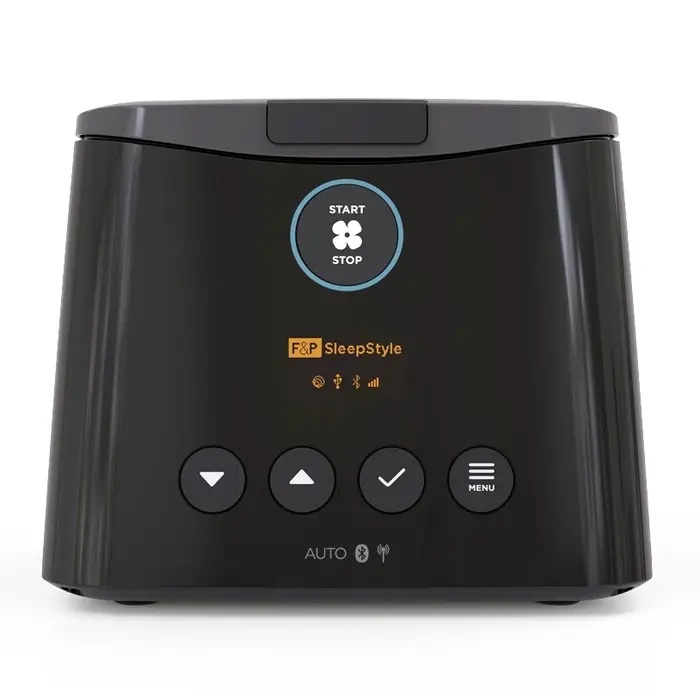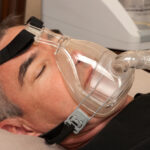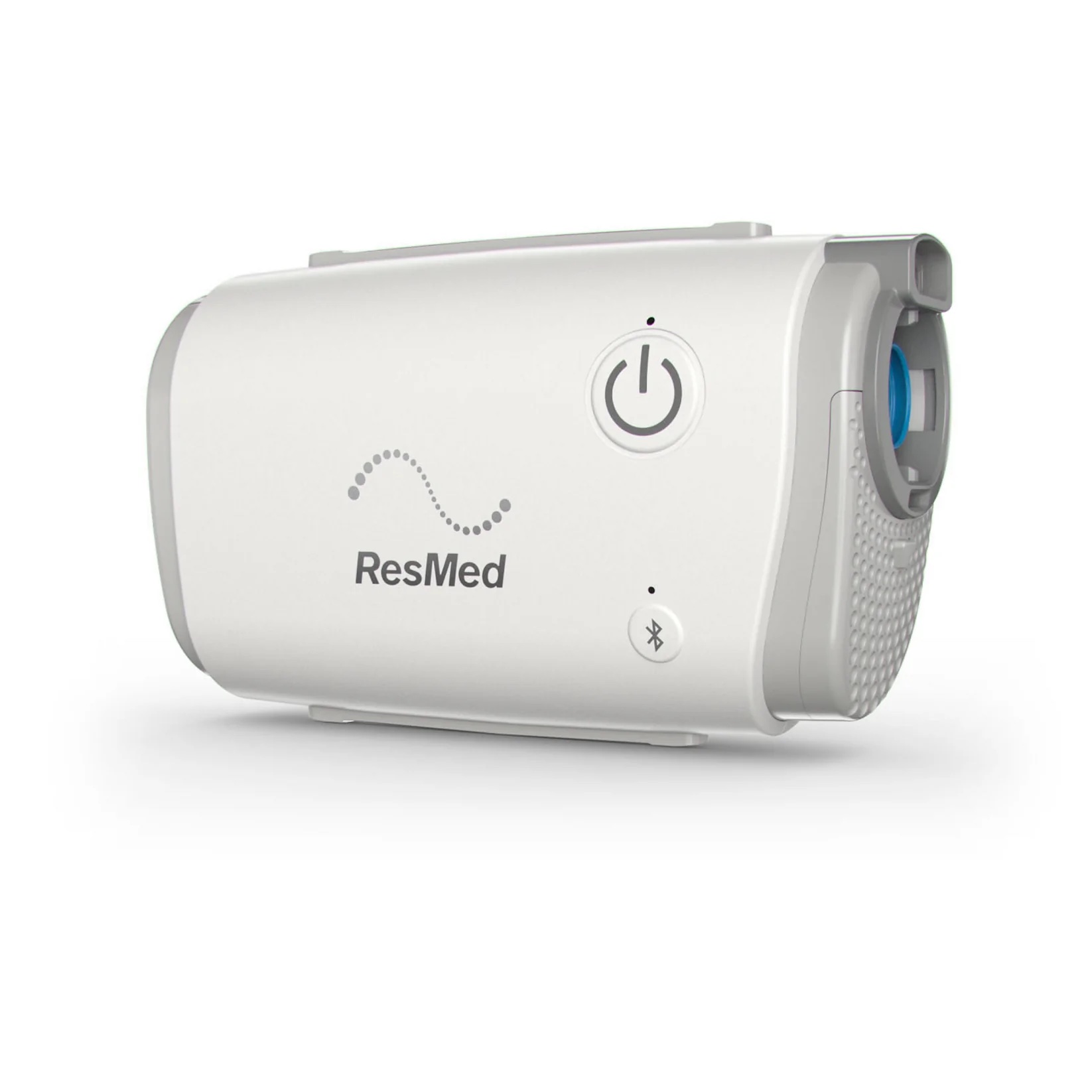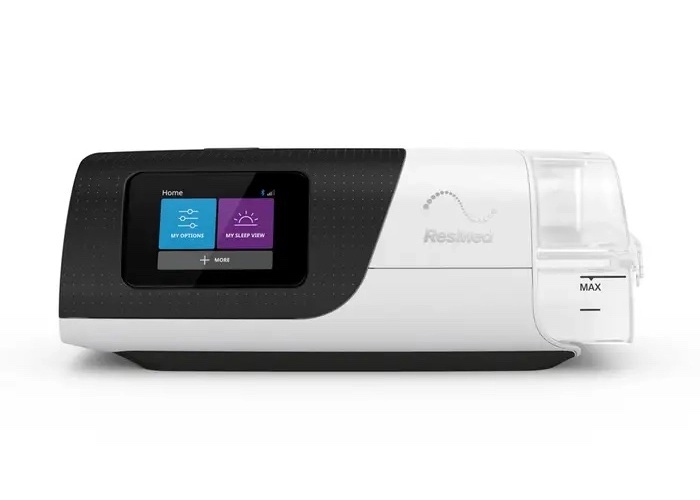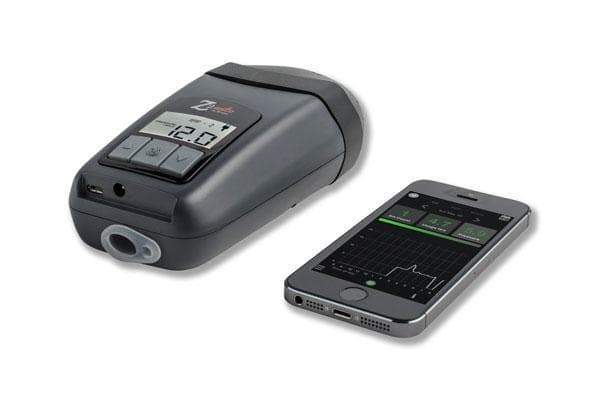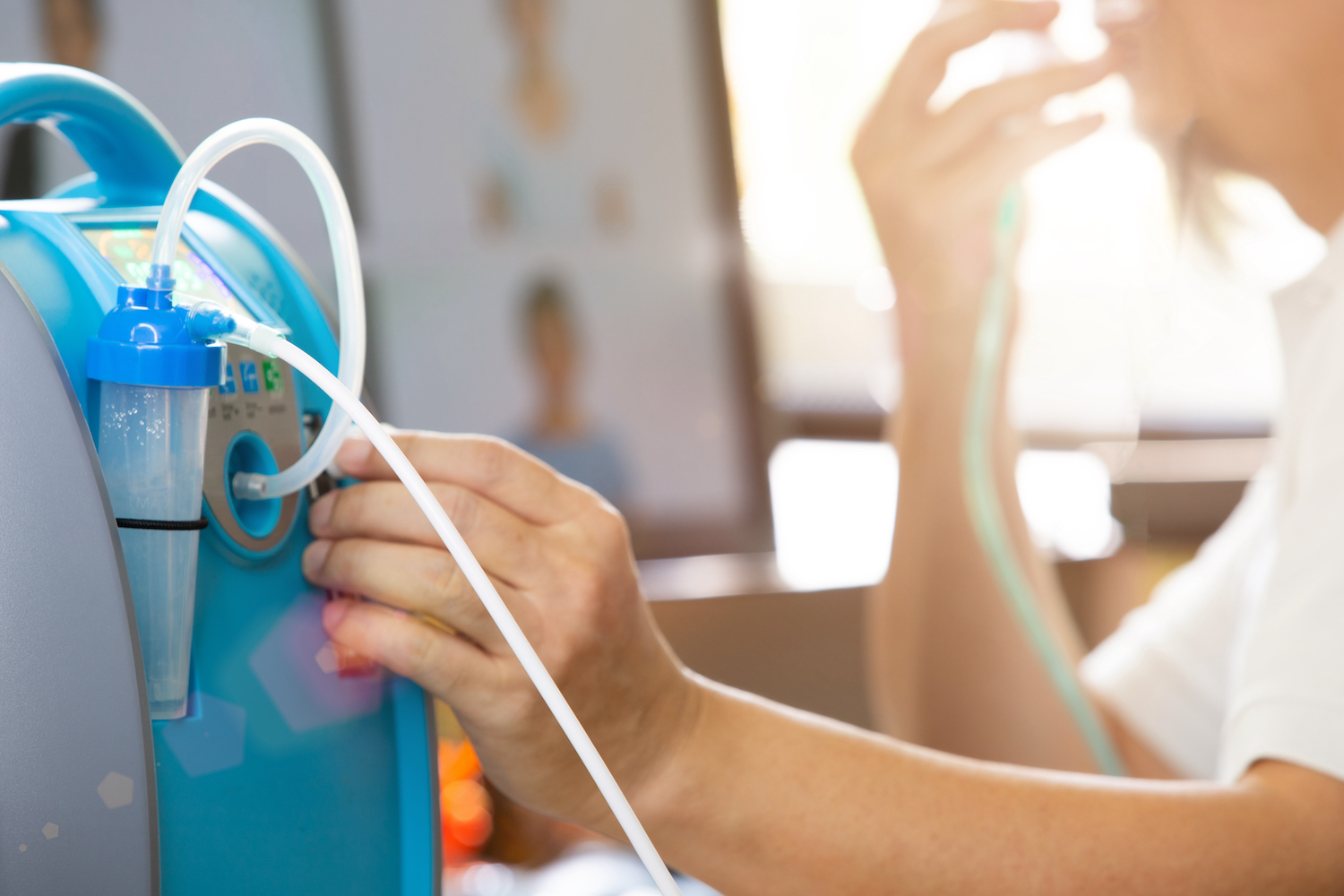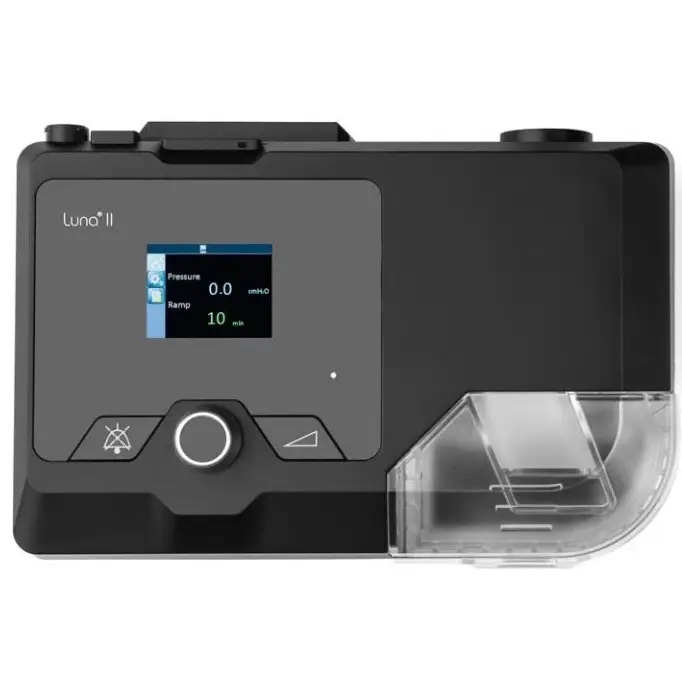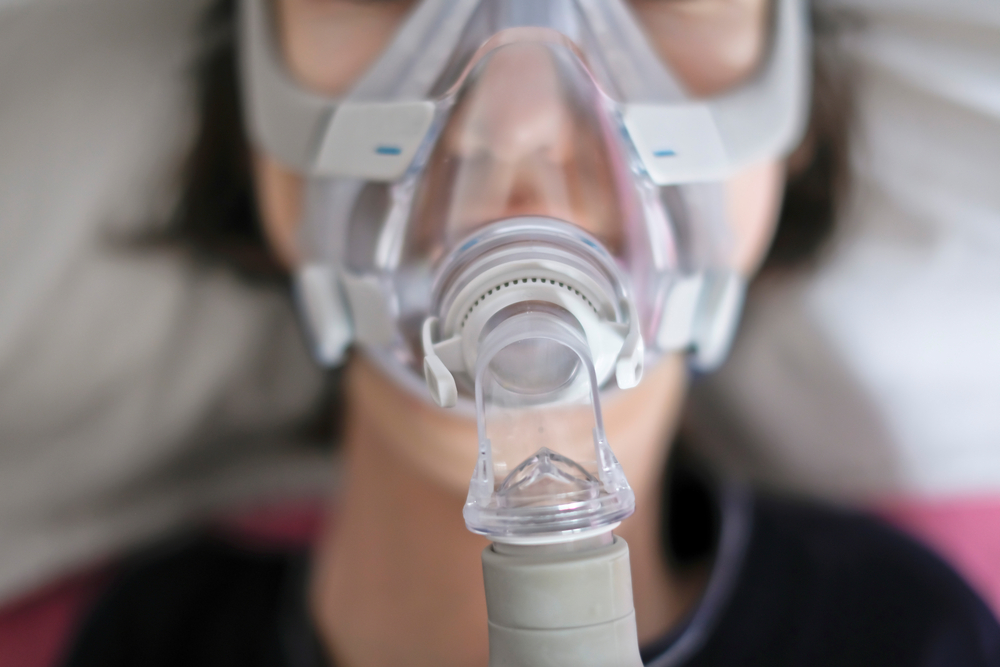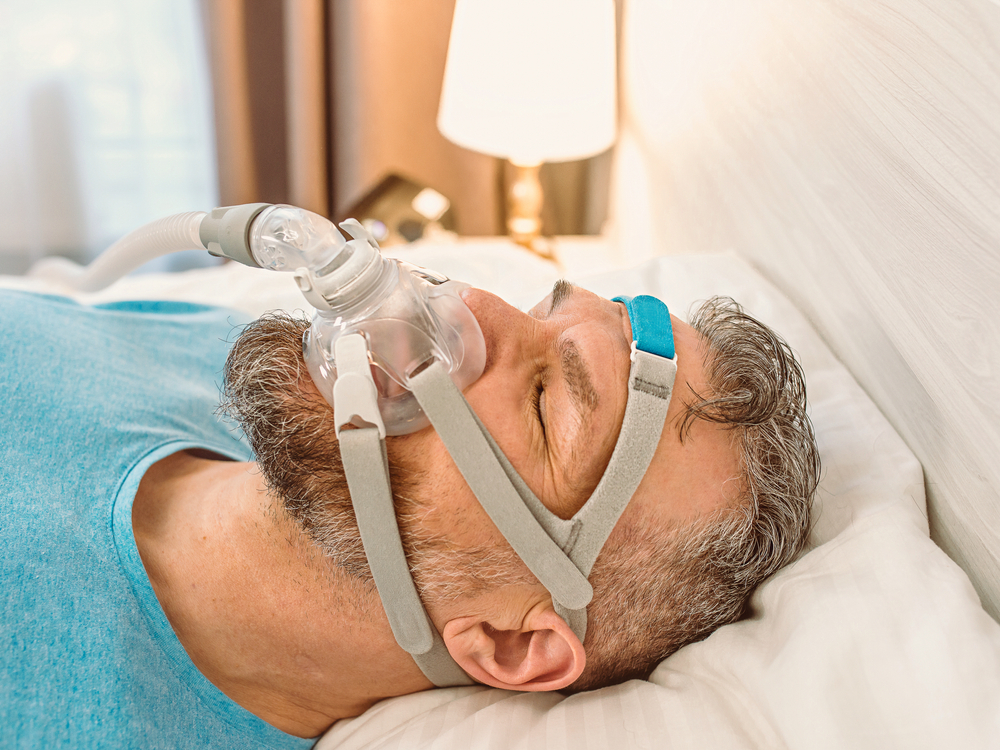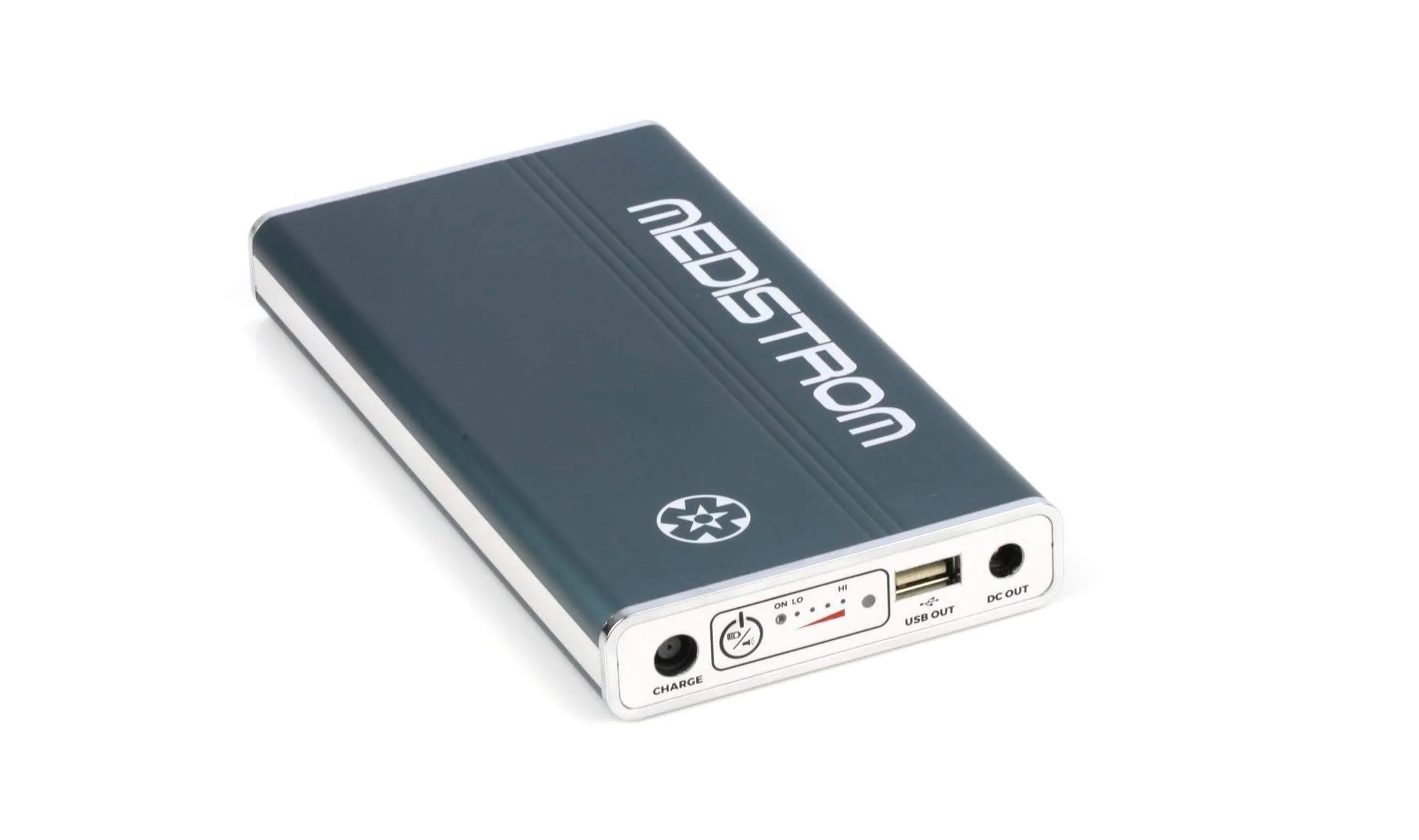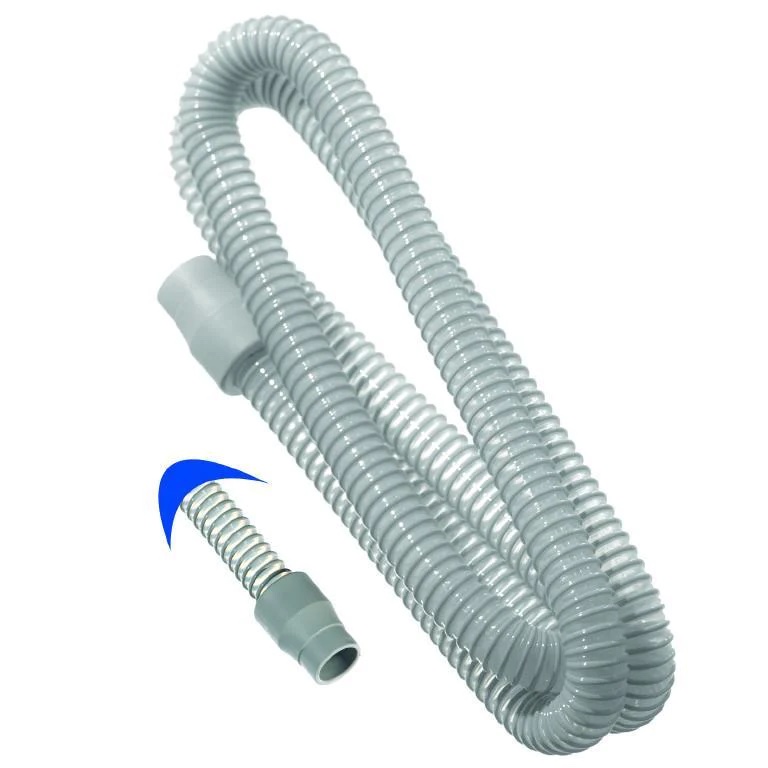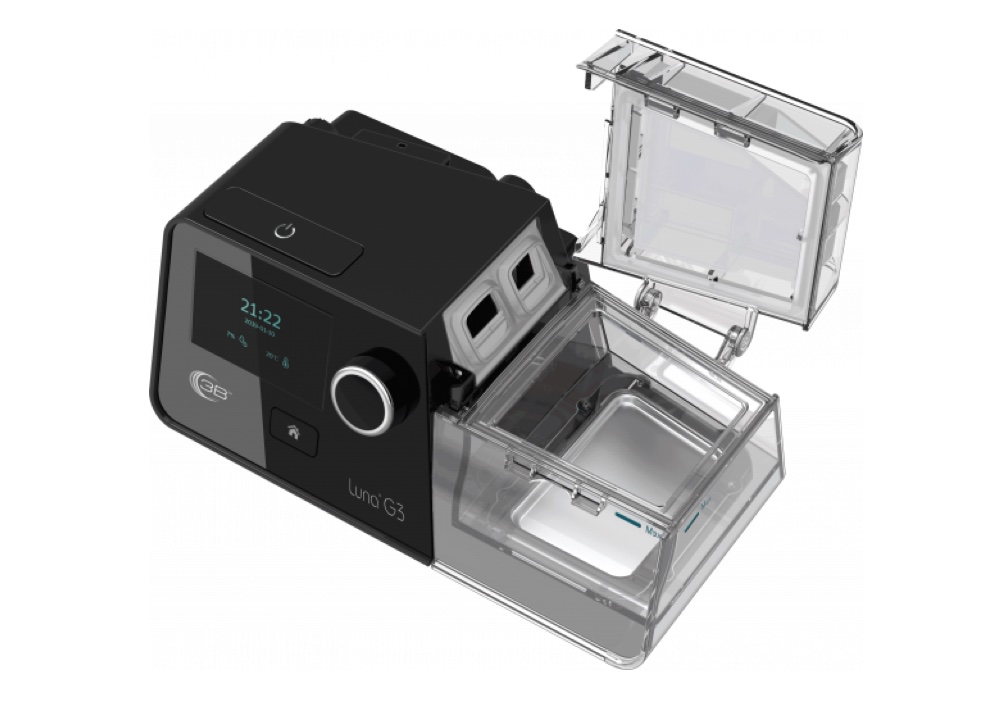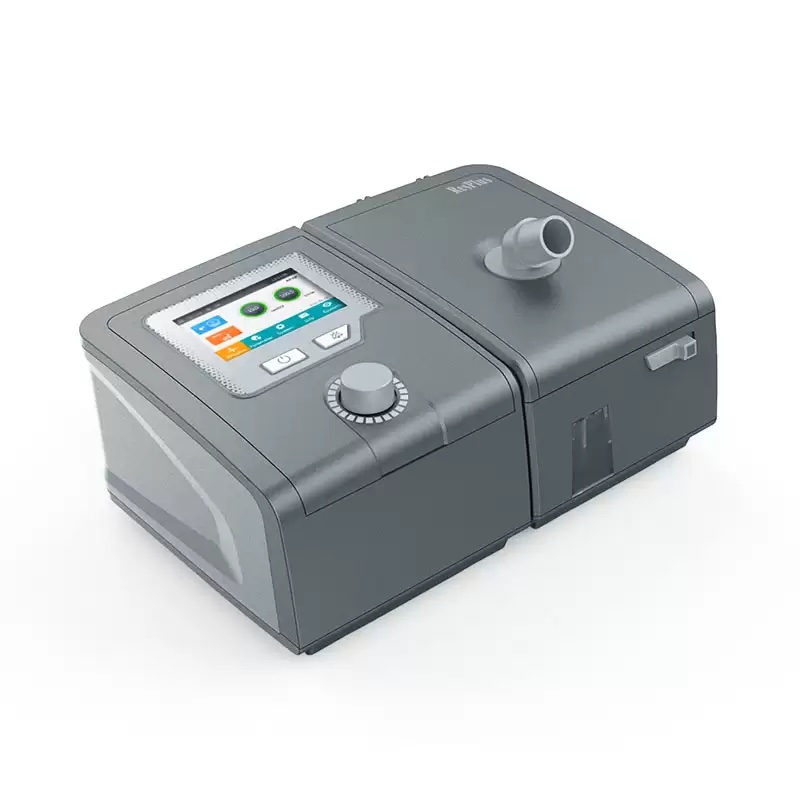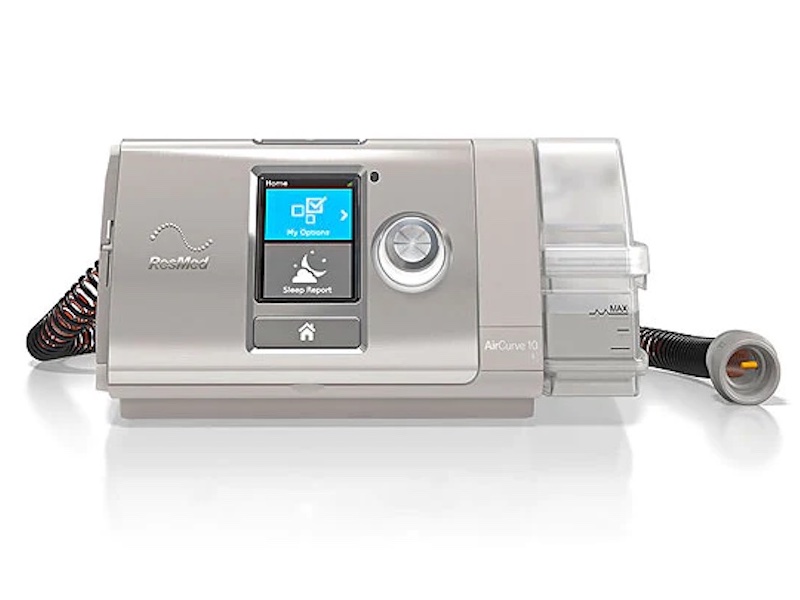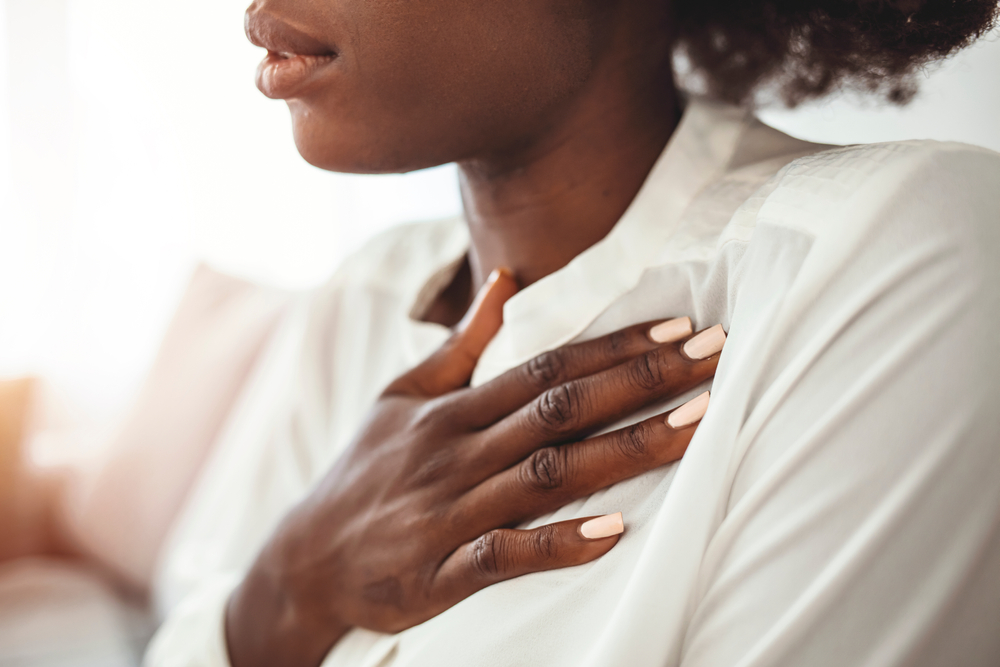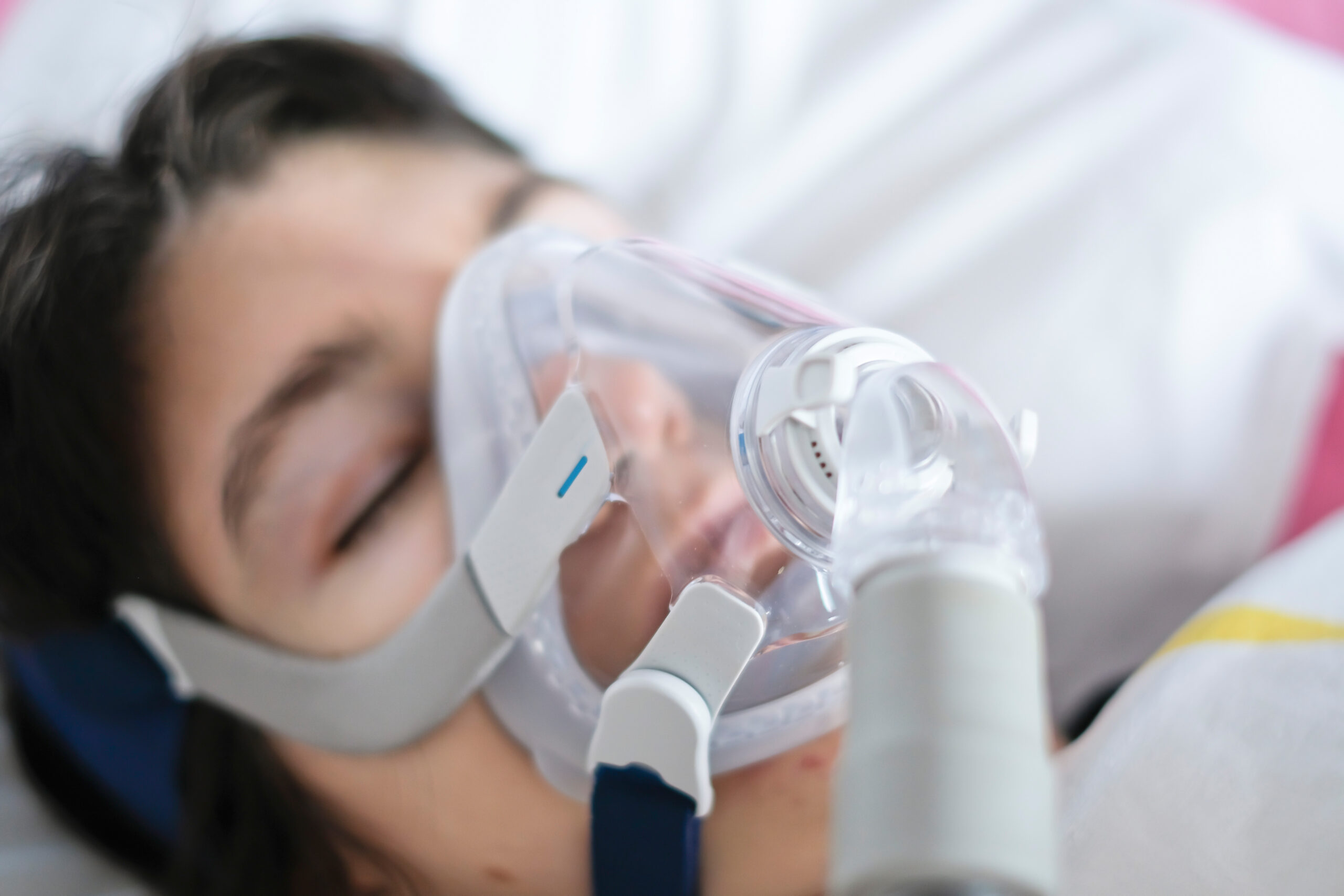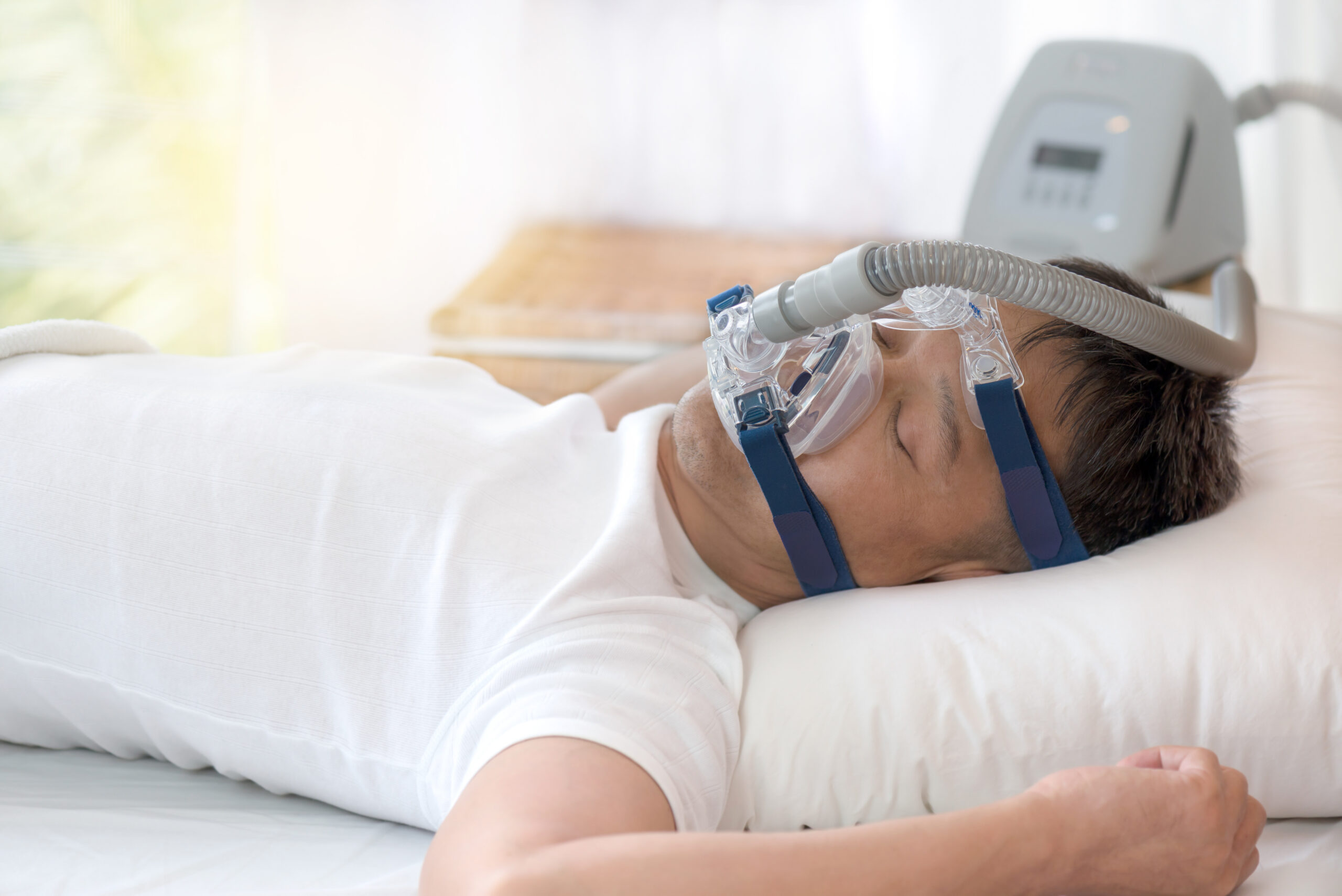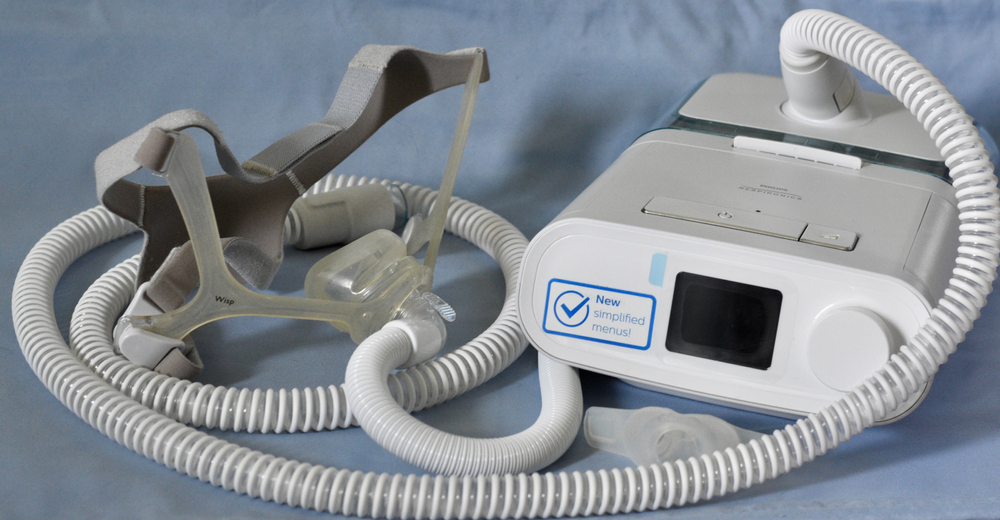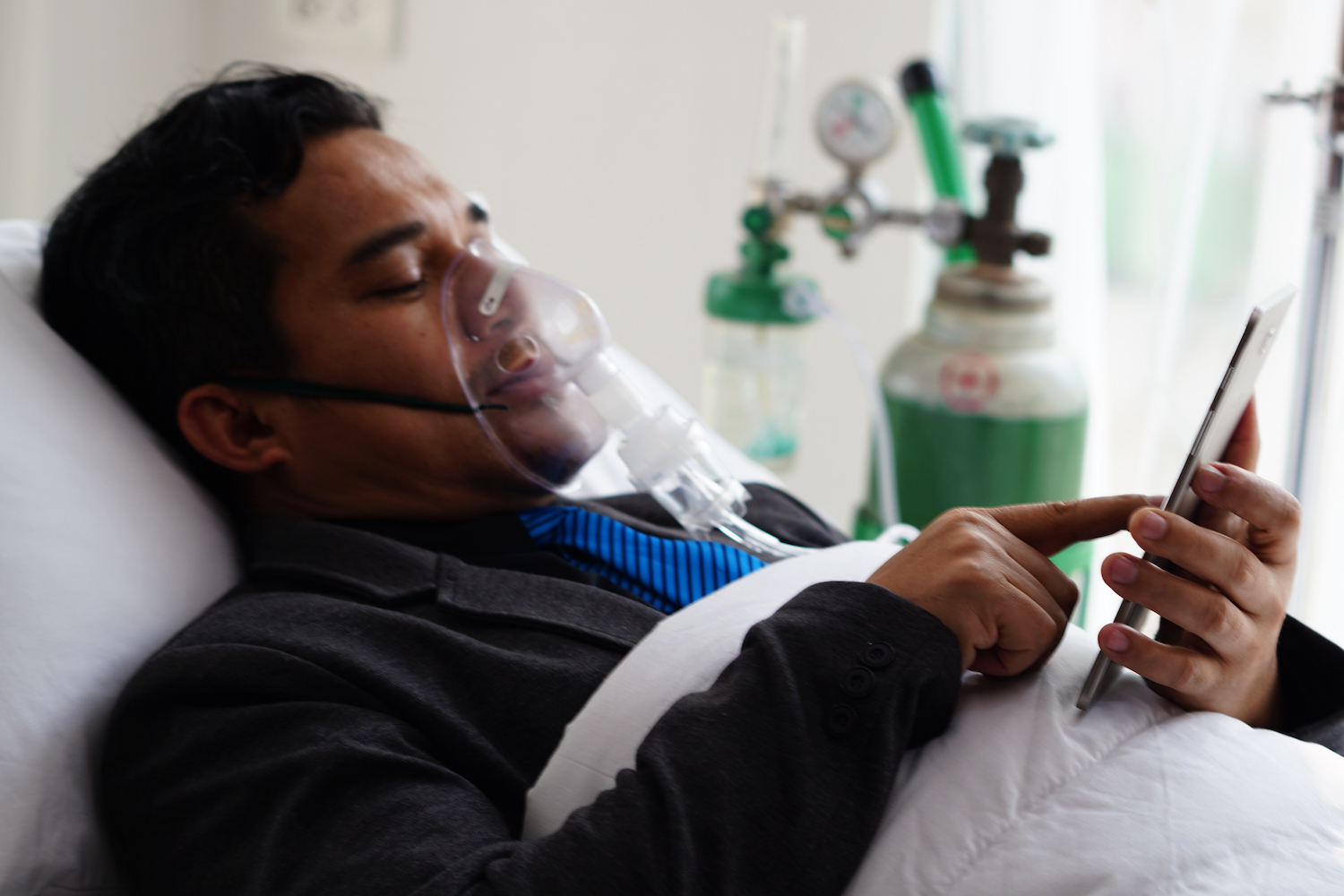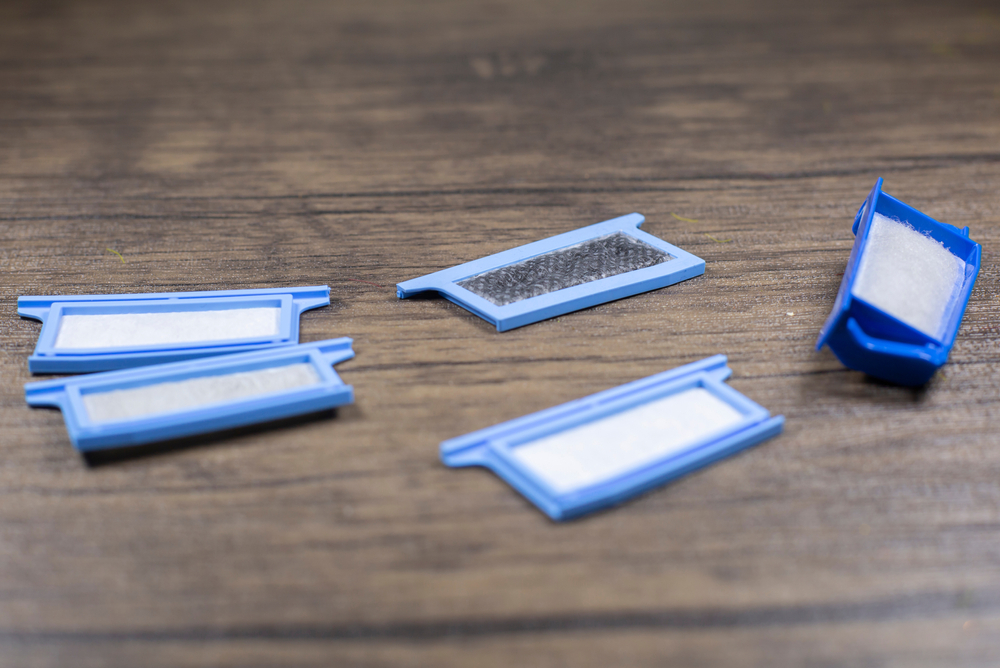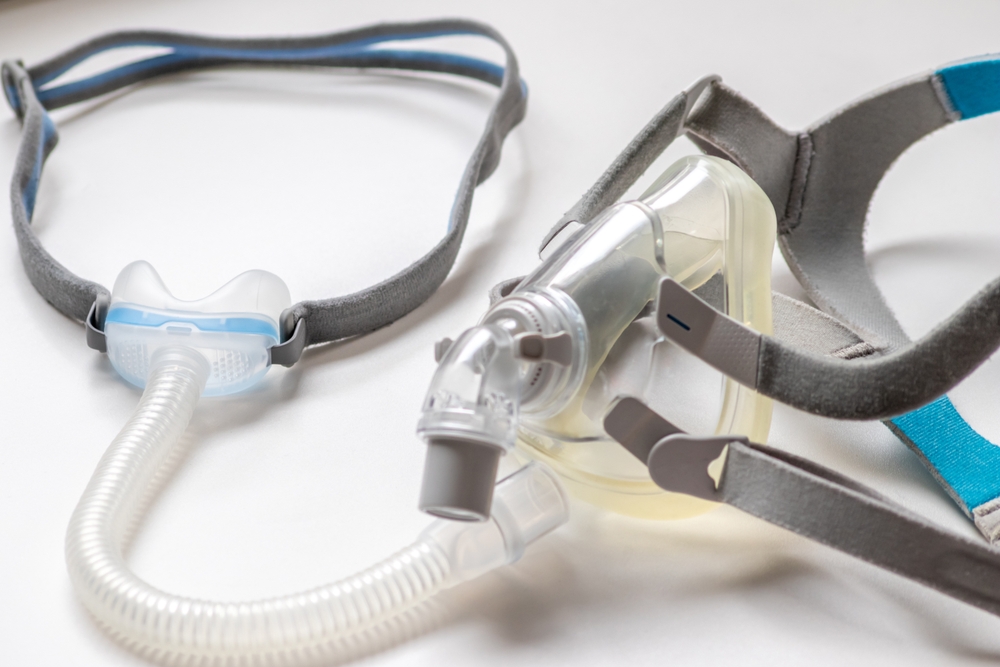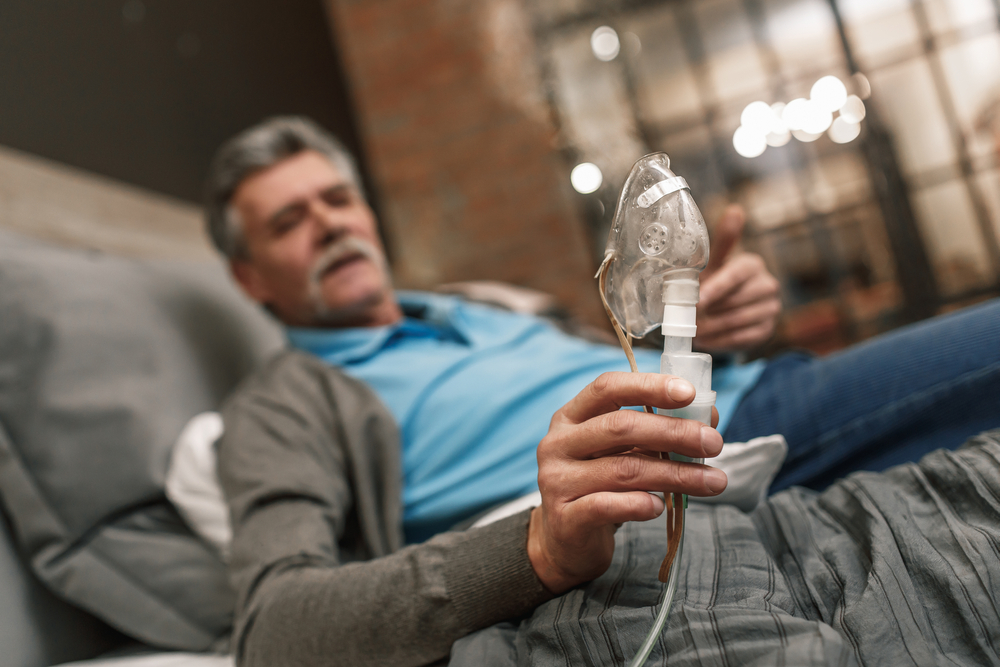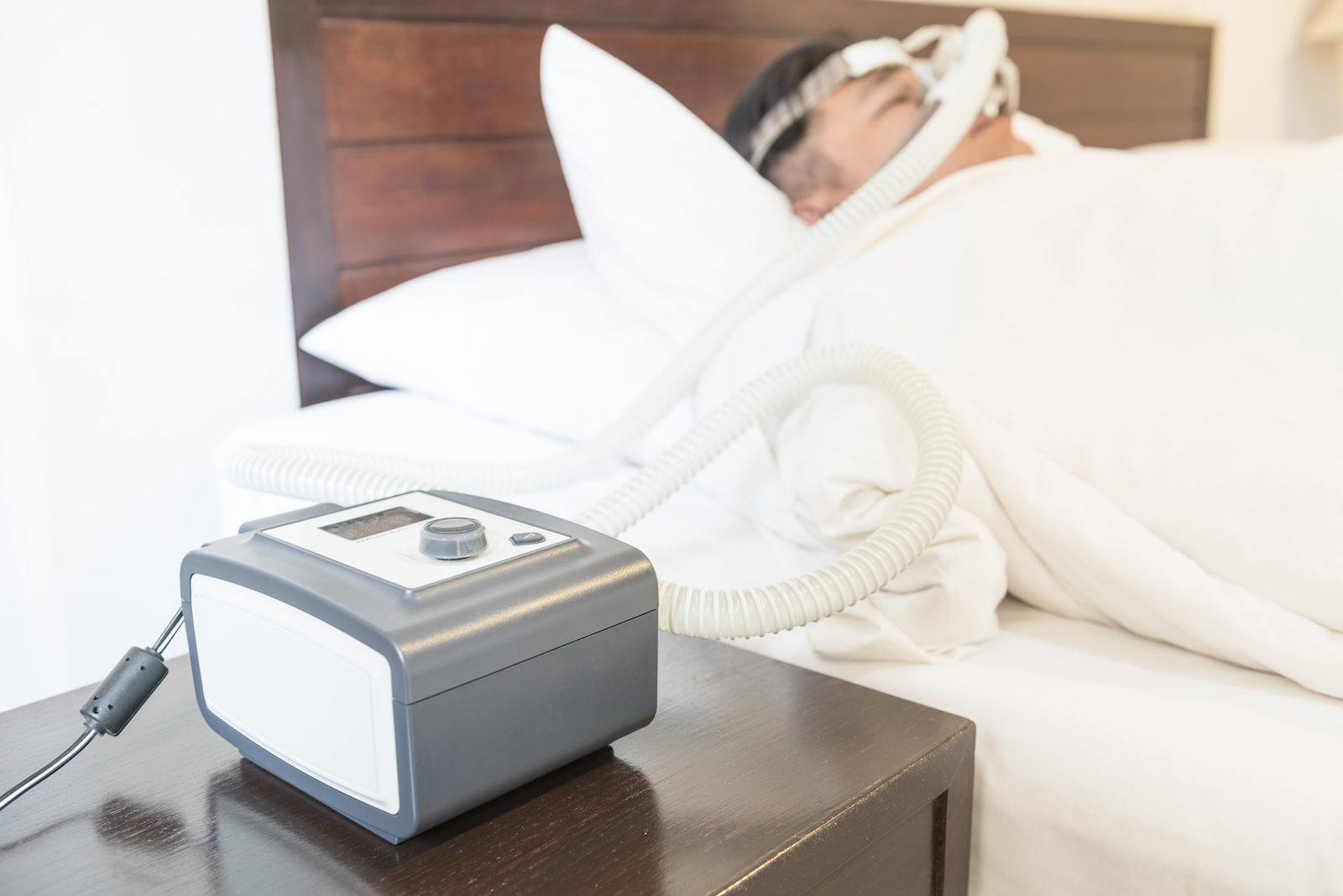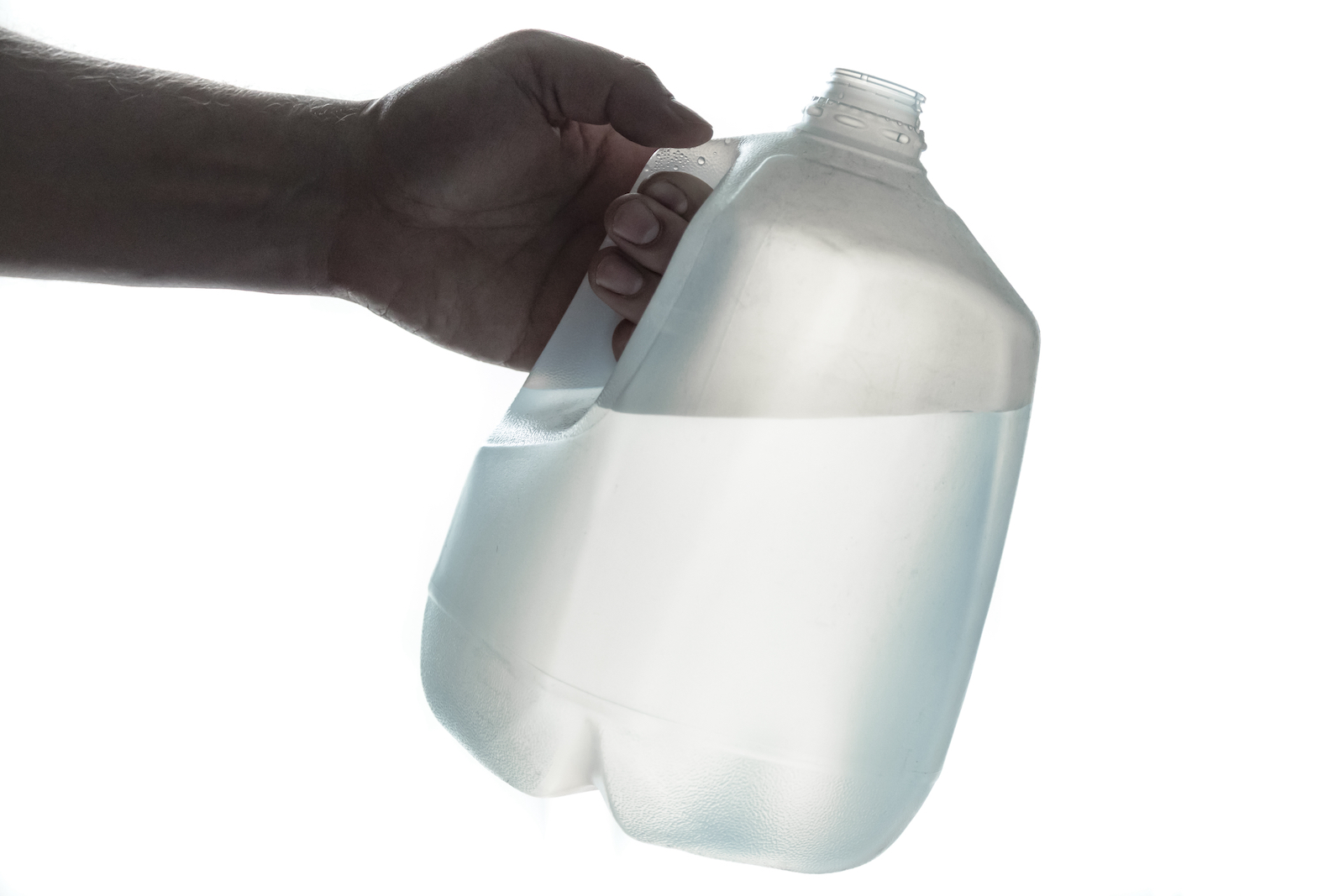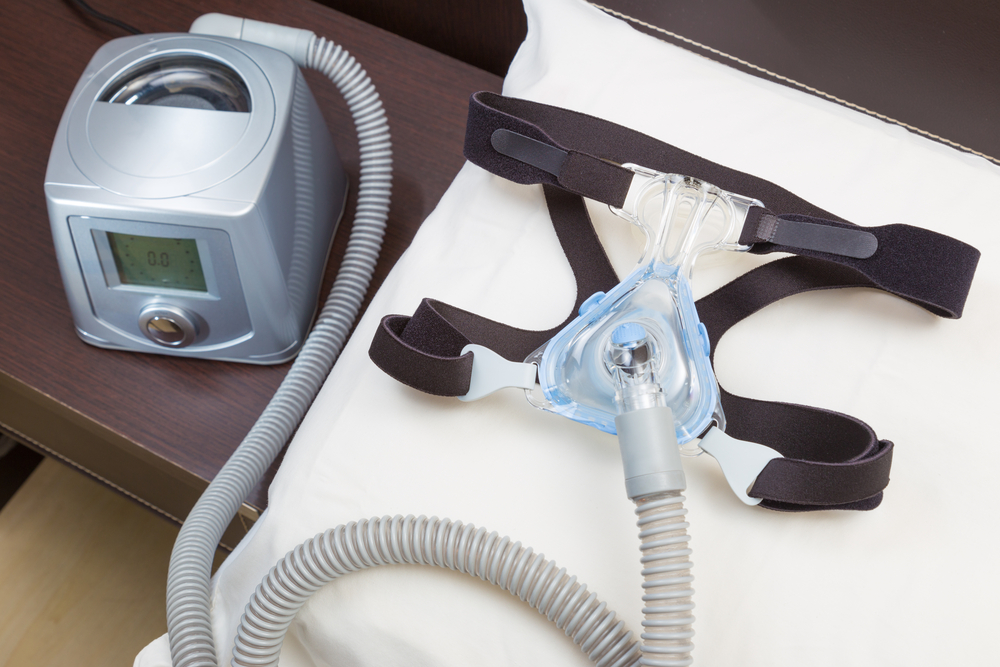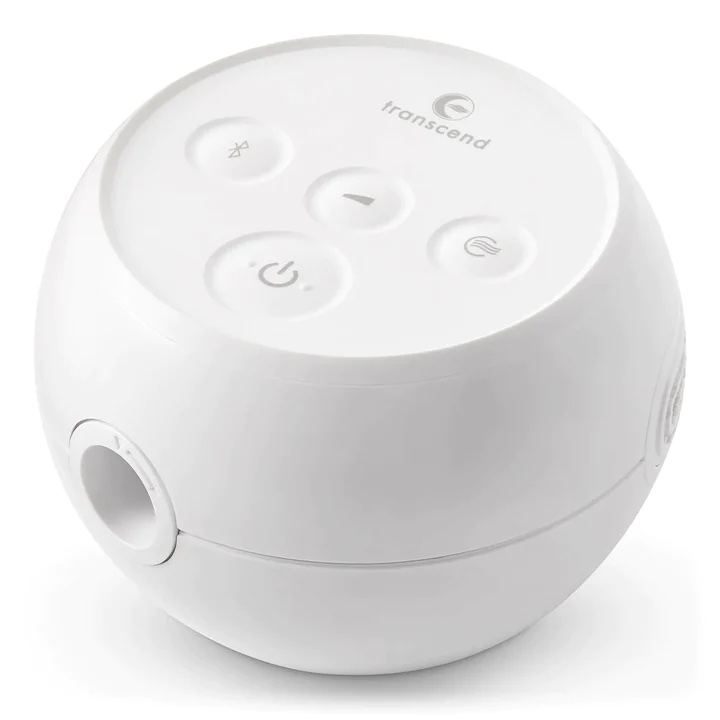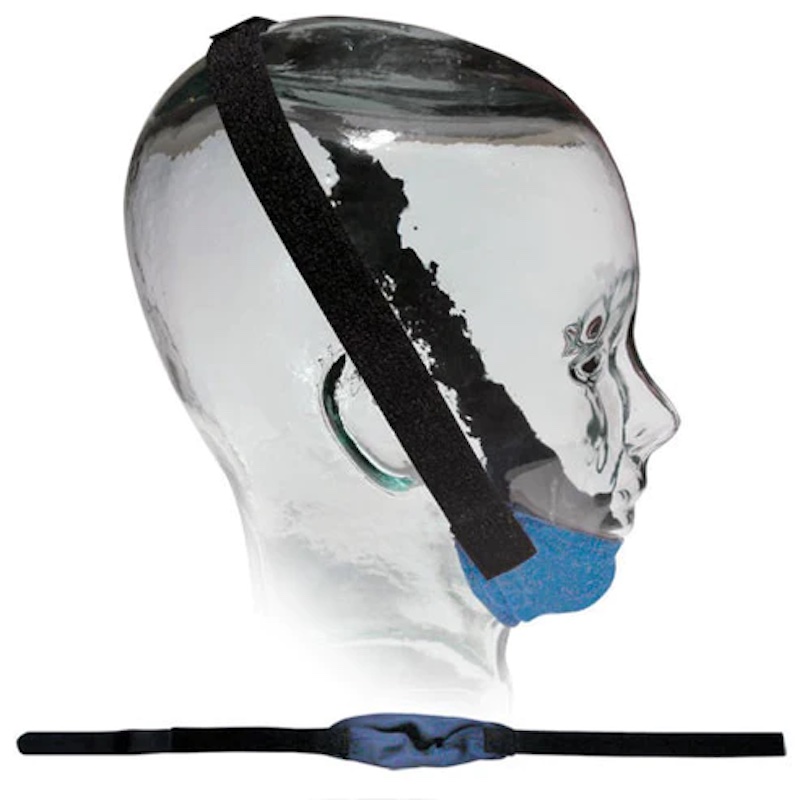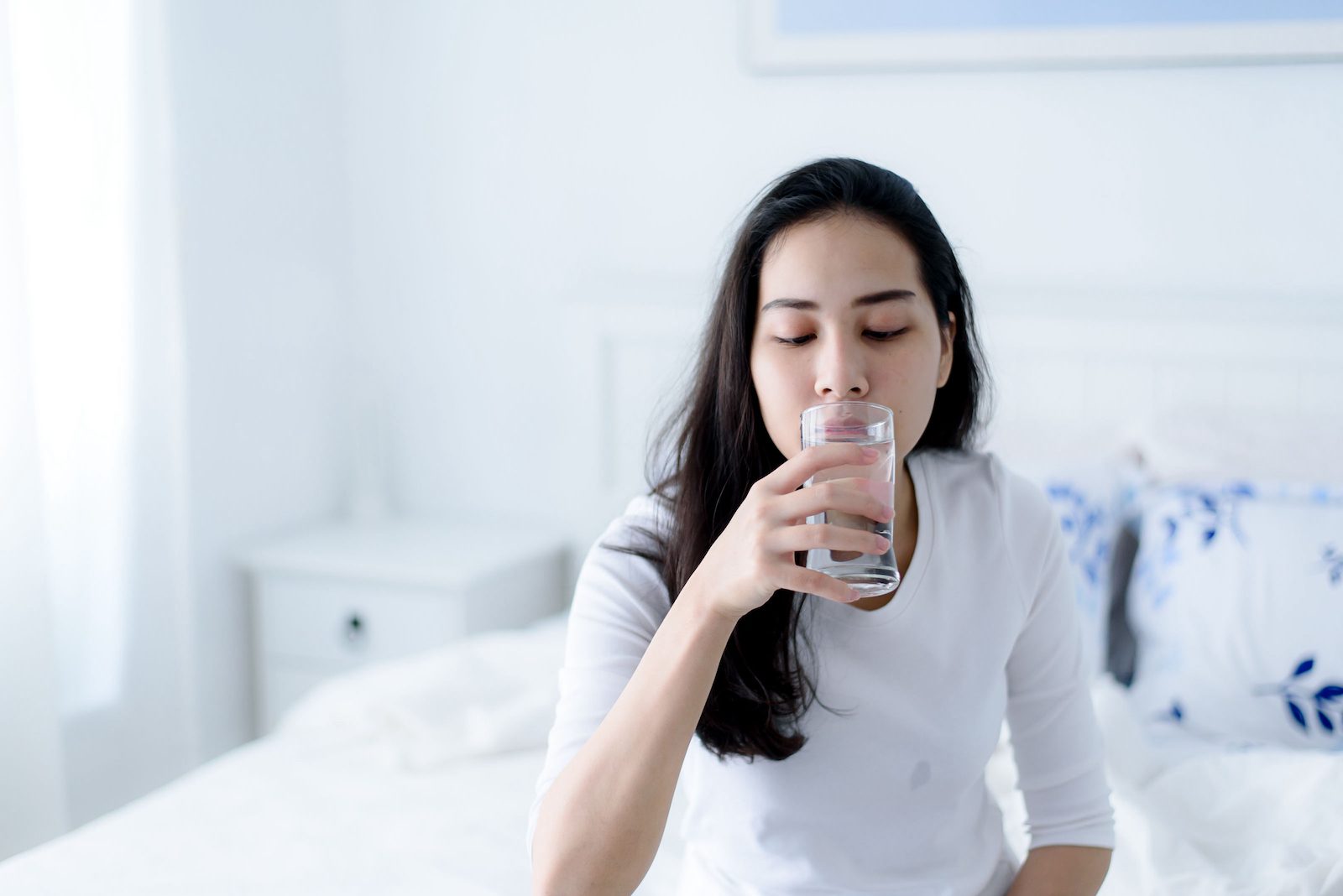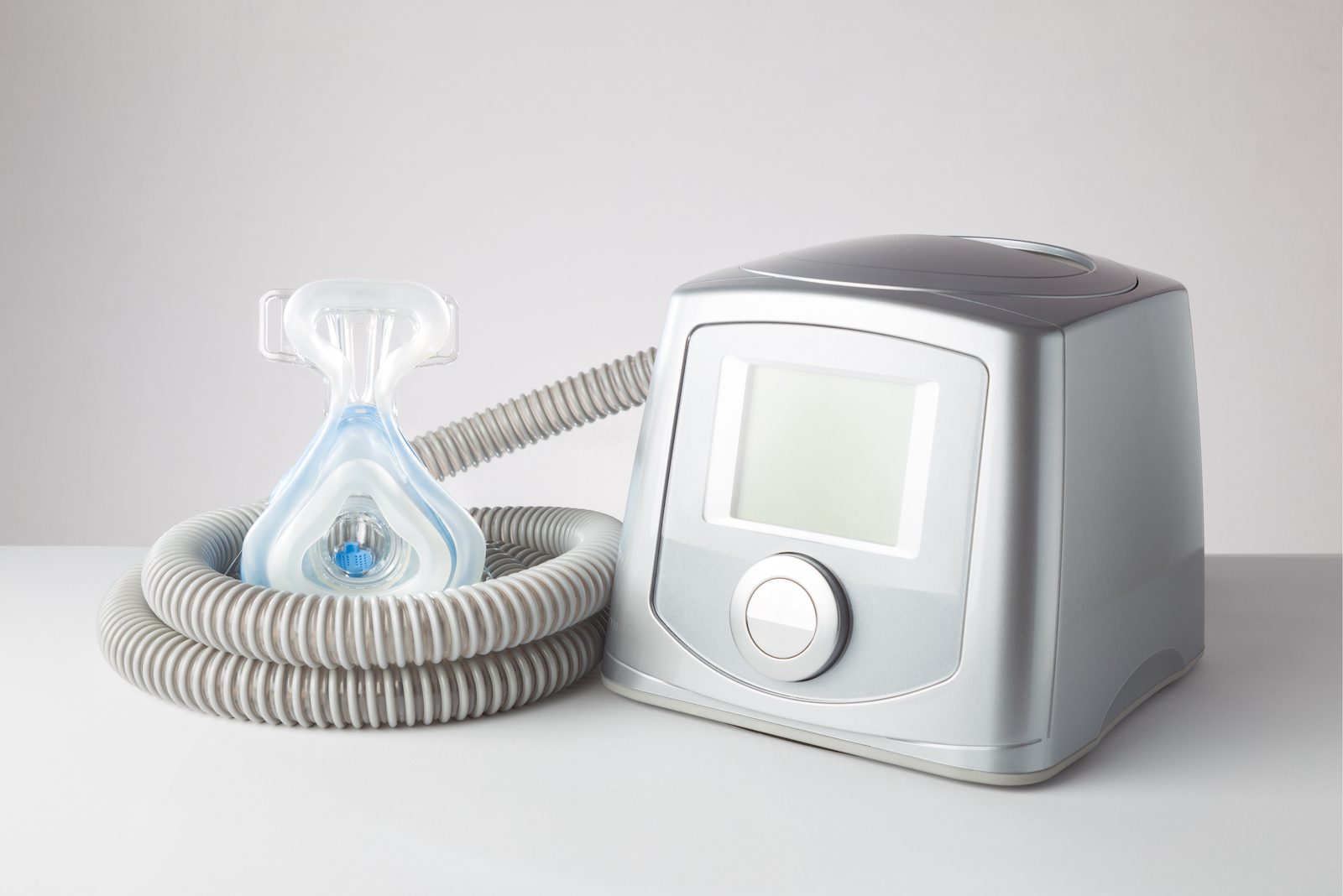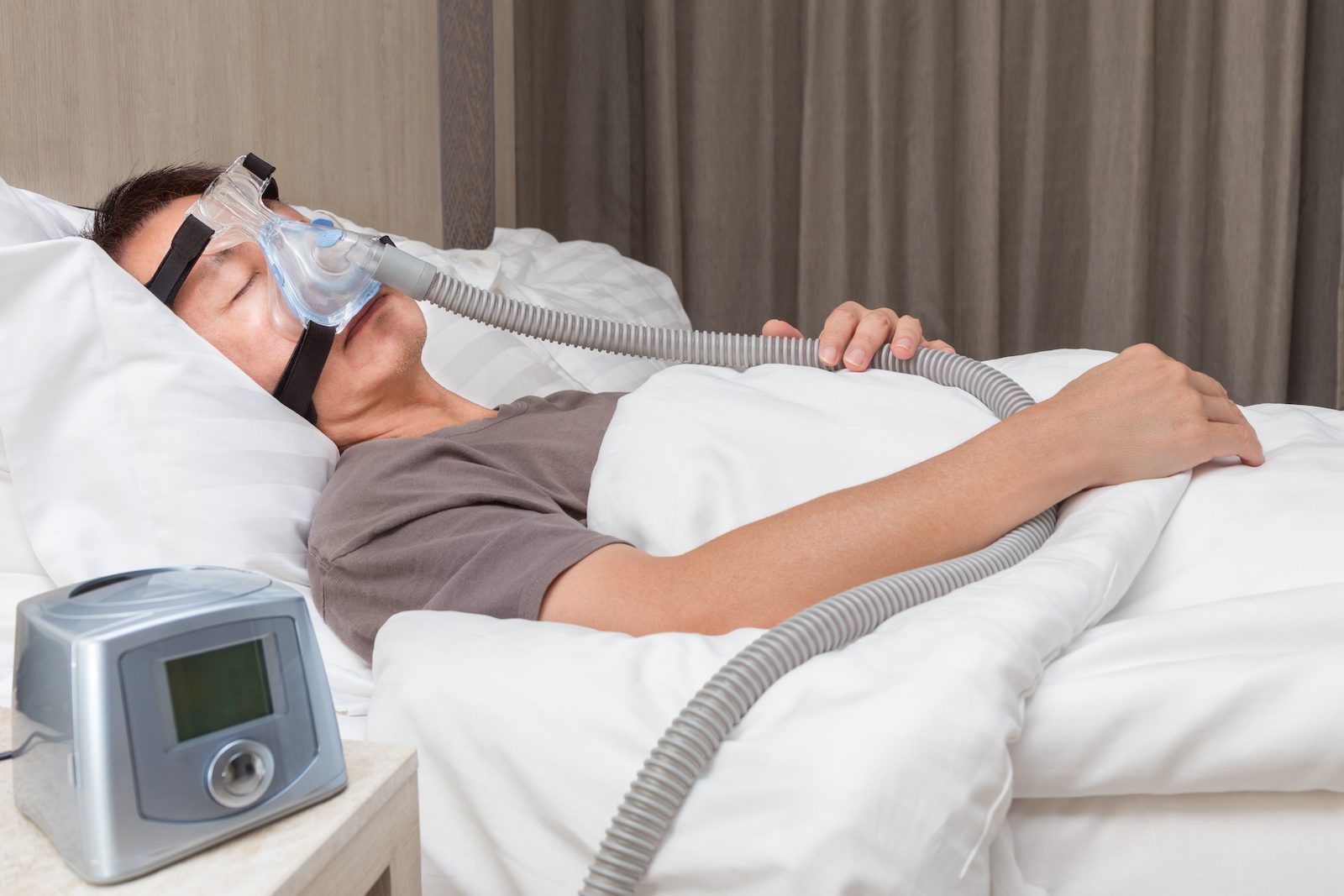Sleep apnea is a common sleep disorder that causes individuals to have abnormal, interrupted breathing patterns during sleep. About 1% to 5% of children have obstructive sleep apnea (OSA). Common symptoms in children include restless sleep, loud snoring, daytime sleepiness, morning headaches, irritability, and behavioral issues, such as inattention and hyperactivity.
Though surgery can treat OSA in children, doctors may also prescribe continuous positive airway pressure (CPAP) therapy. CPAP therapy involves wearing a mask that covers the nose and mouth and is connected via a hose to a small machine, which delivers air to the mouth or nose to help keep the airway open throughout the night.
Since children’s facial structure differs from adults, it’s important to choose a mask designed for a child’s face shape for effective therapy. We’ll highlight what to consider when shopping for a CPAP mask for your child and provide our top picks so you can choose the best mask for their needs.
Best Overall
ResMed Pixi Pediatric CPAP Mask
Ideal For
- Children between 2 and 7 years old
- Kids with skin sensitivities
- Families who want emergency release clasps
Who should keep looking
- Children who can use other strap setups
- Those who want different size cushions
- Children who need a mask that covers the nose and mouth
-
Price
$137
-
Type
Nasal
The ResMed Pixi Pediatric CPAP Mask is a nasal mask designed to reduce pressure on your child’s face. It features a soft, thin single-wall silicone cushion that minimizes skin irritation and maintains an excellent seal. Adjustable headgear lets your child find the best fit for their face shape. The mask is available in one size but is designed to suit children between 2 and 7 years old.
The low-profile headgear provides an open field of vision and helps prevent feelings of claustrophobia. Users can customize their fit as they grow thanks to straps that can be easily adjusted in three different spots. Quick-release latches allow your child to remove their mask without altering the strap adjustments, and separate emergency release clasps make it easy for you to quickly take off your child’s mask.
Your child can attach the tubing to either side of the mask, which accommodates back and side sleeping. The spring-flex lightweight tubing reduces the possibility of tangling or disconnecting, making it a good option for kids who switch positions throughout the night.
Use this SleepApnea.org link for the most current discount on ResMed products
Shop NowBest Fit
Philips Respironics Wisp Pediatric Nasal CPAP Mask
Ideal For
- Children who feel uncomfortable wearing full-face CPAP masks
- Parents seeking a child-friendly mask that's easy to adjust
- Kids who wear glasses
Who should keep looking
- Any child who needs a mask that covers their nose and mouth
- Kids who primarily breathe through their mouths
- Children with sensitive nostrils
-
Price
$148
-
Material
Silicone cushion
-
Size
Small, Medium, Large Nasal Cushion Sizes
If your child needs CPAP therapy, a crucial step is determining which mask size fits them best. The Wisp Nasal Pediatric CPAP Mask from Philips Respironics is a good starting point because each order includes small, medium, and large cushions. Figuring out your child's ideal size may require some trial and error, but between the three cushions, most kids will find at least one size comfortable within this range.
A clear line of sight allows your child to read, watch television, and engage in other activities without obstructed vision. Since the frame's shape aligns with their facial structure, kids can also wear glasses with the mask in place. A thin headgear strap fits snugly over the forehead and stabilizes the mask. Another helpful feature is the hose, which attaches at a 360-degree elbow to ensure uninterrupted airflow when your child changes positions. If leaks are detected, you can adjust the mask using a dial located behind the cushion — this lets you correct the issue without waking up your child.
If you need support for the mask, you can download Philips Respironics' DreamMapper companion app. This app also includes mask tutorials led by Jacky, an animated giraffe whose spots inspired the mask's playful flagship design. Customers should check availability for masks with the spot pattern, as some newer models do not feature this design. Jacky programs are also accessible through the Philips Respironics YouTube channel.
Use this SleepApnea.org link for the most current discount on Philips Respironics products
Shop NowWhy We Picked These
Our team has years of experience researching CPAP and sleep products. To determine our top picks for CPAP masks, we consider brand and product reputation as well as customer reviews to verify products are durable and effective. We also regularly review our top picks to ensure you have the most up-to-date information when deciding which CPAP mask is right for your child.
What You Should Consider When Choosing a CPAP Mask for Children
When purchasing a CPAP mask for your child, there are several things to consider. A comfortable mask that provides the right fit encourages individuals to regularly use it. We’ll take a closer look at key areas to consider to determine which CPAP mask is right for your child.
CPAP Mask Considerations for Kids
| Price | The prices of children’s CPAP masks vary but generally fall between $30 and $150. Your health insurance may cover some or all of the cost. If you’re paying out-of-pocket, online retailers may offer masks at lower price-points. |
| Size & Fit | The size and fit of your child’s mask play a vital role in effective CPAP therapy. Most manufacturers use age and weight to determine who is best suited for each mask. Adjustable straps allow headgear to be snug but not tight and for the mask to accommodate your child as they grow. |
| Comfort | Comfort plays a key role in users adhering to CPAP therapy. Flexible headgear and tubing, soft straps, a lightweight cushion, and a fitted mask can all make CPAP therapy more comfortable. Additionally, a mask that allows for an open field of vision can help reduce feelings of claustrophobia. |
| Utility | Tubing can impact which position your child can sleep in. Some tubes connect to the front of the mask and have an elbow connector. This allows the tube to move without getting tangled and accommodates back and side sleepers. Other masks feature over-the-head connections, which allows your child to sleep in any position. This style also offers an increased range of vision. |
| Compatibility | While many CPAP components are standardized, not all of them are. When purchasing a mask, it’s important to confirm it is compatible with the tubing and machine. If you’re unsure, you can contact the retailer or manufacturer. |
| What's Included | CPAP therapy involves many components. Masks typically come with a cushion, frame, and headgear. The tubing can be included with the machine or purchased separately. It’s important to know what each piece includes so you can ensure you have the necessary components before your child starts CPAP therapy. |
| Quality Materials | When picking a CPAP mask for your child, be sure to check that it’s made from durable materials. While CPAP components need to be regularly replaced, durable materials will ensure your supplies last longer and allow you to save money in the long run. |
Types of CPAP Masks for Kids
There are several types of CPAP masks. Nasal masks cover the nose, nasal pillow masks lie just under their nose, and full-face masks go over the mouth and nose. We’ll highlight who is best suited to each mask type below.
Nasal Mask
Nasal masks form a seal directly around the nose, leaving the mouth free of obstruction.
| Benefits: | You Shouldn’t Use One If: |
|---|---|
|
|
Nasal Pillow Mask
Like nasal masks, nasal pillow masks only concern the nose. Instead of covering the nose, they are placed just beneath it to create a seal directly against the nostrils.
| Benefits: | You Shouldn’t Use One If: |
|---|---|
|
|
Full-Face Mask
Full-face masks form a seal with a cushion around the nose and mouth.
| Benefits: | You Shouldn’t Use One If: |
|---|---|
|
|
Do You Need a Prescription for a CPAP Mask?
Since a CPAP mask is considered medical equipment, your child will need a prescription from a doctor to obtain one. Before receiving a prescription, a doctor will measure your child’s apnea-hypopnea index (AHI) to determine which therapy is right for them.
Will Health Insurance or CHIP Cover the Cost of a Child’s CPAP Mask?
Most health insurance plans cover part of a CPAP machine and its accessories. Typically, insurance providers require a compliance period to confirm your child is using the machine. Most devices record usage data, which insurance providers can access to ensure users are adhering to therapy. For individuals who qualify for the Children’s Health Insurance Program (CHIP), coverage varies by state.
Where Can You Buy a CPAP Mask for Kids?
CPAP masks for kids can be purchased in person or online. In-person options include medical supply stores and sleep clinics. Price-points tend to be higher when compared to online options because they offer comprehensive support, which can be helpful for those who have never purchased CPAP equipment before.
Shoppers can also purchase CPAP masks online. Online stores usually offer lower price-points and a wider selection than in-person stores. Many online retailers make it easy to compare options and offer free expedited shipping.
Tips for Parents New to CPAP Masks
- Create a pro-sleep space: There are several ways to create an environment that promotes a restful sleep. Limiting the amount of blue light your child is exposed to before bed is essential since it suppresses the body’s release of melatonin, the hormone responsible for making you feel drowsy. Keeping the room temperature between 65 and 68 degrees Fahrenheit can also make it easier for most people to fall and stay asleep. Some children may also benefit from using a white noise machine to help block out background sounds.
- Practice wearing the mask: It takes time for users to become accustomed to wearing their CPAP mask. To help your child become more comfortable, have them wear the mask for short periods during the day for increasing intervals before they wear it at night.
- Begin CPAP therapy slowly: Beyond practicing wearing the mask, it’s a good idea to run the machine at night without the mask attached to help your child grow accustomed to the machine’s noise. It can also be helpful for your child to put the mask on with the air blowing for increasing periods during the day.
- Regularly clean mask components: To prevent mold, microbes, and other debris from collecting in your child’s CPAP mask, it’s important to clean it frequently. The mask and tubing should be washed daily, while the headgear should be cleaned weekly.
- Inspect for wear and tear: With regular use, mask cushions, frames, and headgear can show signs of wear and tear. When this occurs, the mask may not fit properly, leading to air leaks and less effective therapy. To avoid this, you should check parts for any cracks, tears, or damage each time you clean the mask.
- Replace worn gear: All components should be replaced according to the manufacturer’s instructions. If any parts are cracked, torn, or damaged, they should be replaced immediately.
CPAP Mask for Kids
Disassembled masks and tubing should be placed in warm, soapy water and hand-washed daily. After rinsing the components with cool water, let everything air dry before reassembling. Check the manufacturer’s recommendations for specific instructions.
Each manufacturer’s recommendations vary. In general, cushions should be replaced every two to four weeks, and frame and headgear should be changed every three to six months to ensure your child receives effective therapy.
To help prevent the CPAP headgear from pulling on your child’s hair or getting tangled, it’s helpful to have a barrier between the straps and hair, such as a sleep cap, bandana, or helmet liner.
CPAP therapy is an effective and safe treatment option for children with OSA from infancy through adolescence.
